DROPS Alpaca
An all time favorite made purely from soft alpaca
from:
2.49€
per 50 g
Content: 100% Alpaca
Yarn Group:
A (23 - 26 stitches)
/ 5 ply / sport
Weight/length: 50 g = approx 167 m
Recommended needle size: 3 mm
Knitting tension: 10 x 10 cm = 24 sts x 32 rows
Care: Hand Wash, max 30°C / Dry Flat / Feltable
Made in: Peru
Raw material origin: Alpaca from Peru
This yarn has an Oeko-Tex® certification (certificate number 16.HPE.92779), Standard 100, Class II from the Hohenstein Institute. This means that is has been tested for harmful substances and is considered safe in human-ecological terms. Class II means the yarn is suitable to come in direct contact with the skin to a large extent, such as blouses, shirts, mattresses, etc.
DROPS Alpaca is a lovely yarn spun from 3 strands of 100% superfine alpaca, with an extra twist to provide a durable surface. The alpaca fiber is untreated, which means that it is only washed and not exposed to any chemical treatment prior to the dyeing. This highlights the fiber’s natural properties, while it also provides a better shape and texture quality.
DROPS Alpaca has a large and varied range of patterns available in the DROPS collection. Garments made in this yarn are lightweight and comfortable, super soft directly on the skin, and have a nice, characteristic sheen.
Read more about our products' sustainability here
Please be aware that the colours shown may vary from screen to screen in the same way that shades may vary slightly from dye lot to dye lot.
How do I care for this yarn?

Hand Wash, max 30°C / Dry Flat
First of all, consider just airing the garment, instead of washing it. If you still desire to wash it, here are some guidelines:
- Hand wash at 30ºC - separately - with wool detergent without enzymes or optical brighteners.
- Don’t let the garment soak. Move the garment gently back and forth, do not rub or squeeze it.
- Rinse the garment until the rinse water is completely clear, making sure the water temperature stays uniform.
- Do a light centrifugation of the garment (about 800rpm), choosing a program that DOES NOT take in water at the start. Or press carefully the water out of the garment with a dry towel. The garment shouldn’t be twisted or rolled.
- To dry the garment, shape it and lay it flat - do not hang - ideally on a warm bathroom floor or on top of a drying rack in a room with good air circulation. Never dry the garment in direct sunlight.
- Don’t tumble dry.
Note: If you are washing a project made with this yarn combined with another, the general guideline is to follow the washing instructions for the most delicate of the yarns you are working with.
Thinking about felting this yarn?
See how this yarn looks before and after felting:
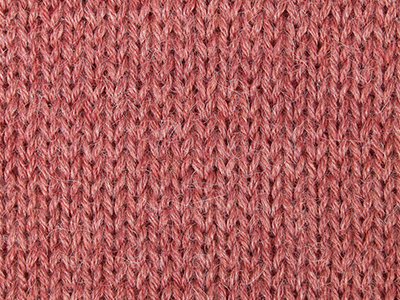
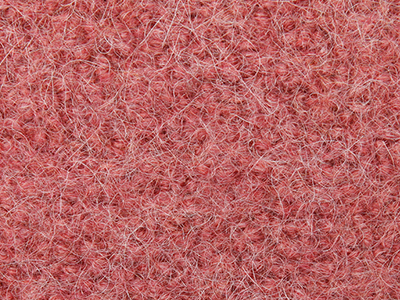
Needles: 5.50 mm
Before: 16 sts x 21 rows
After: 21 sts x 32 rows
Do you have a question about this yarn?
See a list of frequently asked questions (FAQ) about our yarns.
1) What type of fibers make the DROPS yarns?
Yarn can be made from a large number of natural and synthetic fibers. DROPS carries mainly yarns made from wool, cotton, alpaca, linen, mohair and silk. Each fiber type has its own qualities, and they are often mixed to take advantage of the best properties of each one. Coarse yarn has the advantage of being stronger and more durable, and finer fibers offer more softness and comfort. Here a bit about the main fibers we carry:
Alpaca:
Alpaca fleece is the natural fiber harvested from an alpaca, and it is similar in structure to sheep wool fiber. Its softness comes from the small diameter of the fiber, similar to merino wool. It is a soft, durable, luxurious and silky natural fiber. Yarn made from alpaca fibers does not felt or pill easily, and it can be light or heavy in weight, depending on how it is spun. While similar to sheep’s wool, it is warmer, not prickly, and has no lanolin, which makes it hypoallergenic. Alpacas come in 22 natural colors, with more than 300 shades from a true-blue black through browns-black, browns, white, silver and rose-greys.
Mohair:
This fiber comes from the Angora goats, and it's considered a luxury fiber. Mohair yarn is warm as wool, but much lighter in weight; it is durable, dyes well and does not felt easily. Mohair fibers have also a distinctive luster created by the way they reflect light. Despite being a hard fiber, mohair is usually spun into a very fluffy yarn, resulting in airy and lustrous garments.
Wool:
The wool fibers come from the skin of sheep and are relatively coarse fibers. Two striking characteristics of wool are its susceptibility to heat and its felting property, which is caused by the scales on the surface. Depending upon the breed of sheep, the appearance of the wool varies.
Wool from Merino sheep is considered the finest type of wool, having as characteristics that is finely crimped and soft. All the Merino wool in the DROPS yarns has its origins in South America, coming from sheep that have not been subject to Mulesing.
Pure new wool is wool made directly from animal fleece, and not recycled from existing wool garments.
Machine washable wool is wool treated chemically to minimize the outer fuzzy layer of the fibers, and be therefore fitable for machine wash (see Superwash).
Silk:
The silk fiber is a fine continuous fiber produced from the cocoon of a moth caterpillar known as the silkworm. While silkworm is cultivated, the wild or tussah silk is obtained from uncultivated silkworm cocoons. Silk fiber is one of the strongest natural fibers and makes a wonderful knitting yarn. It blends really well with other fibers, especially wool. Silk also dyes beautifully with natural dyes.
Vegetable fibers:
There are several varieties of vegetable fibers, found in the cell walls of plants or vegetables. Of all the varieties, two are recognized as major knitted or textile fibers. They are cotton and linen.
Cotton is the fiber surrounding the seeds in a cotton pod, and it is almost pure cellulose. Cotton is usually white in color but there are green and brown varieties as well. The cotton fiber is most often spun into yarn or thread and used to make a soft, breathable textile that is good for summer clothing and accessories, making a weaker yarn than silk or linen but stronger than wool.
Mercerized cotton is cotton that has been through a mercerization treatment. This treatment gives cotton fabrics and threads a lustrous yarn that is more lustrous than conventional cotton. It is also stronger, takes dye a little more readily, makes the yarn more resistant to mildew and reduces lint. It also may not shrink or lose its shape as much as "regular" cotton.
Linen is a fiber derived from the stalk of the flax plant that is durable and stronger than any other fiber. The linen fiber is relatively soft, straight and lustrous and becomes more beautiful with age. Linen is more comfortable to wear in hot temperatures than cotton, due to the fact that it absorbs moisture better and dries more quickly.
Other materials used in our yarns include synthetic fibers such as acrylic, viscose, polyamide (nylon) and polyester. These fibers are used mostly to give strength to a yarn (like our sock yarn, DROPS Fabel) or a special kind of structure (like our blown yarn, DROPS Air).
The polyamide fibre, commonly known as nylon, is very strong, durable, lightweight, easy to care for (can be machine washed and dried), and elastic, which makes it perfect for blending with other fibres to produce hard-wearing yarns like sock yarn.
Compared to polyester, polyamide is softer and more flexible, but it also absorbs more water and dries slower.
3) What type of information can I find on the DROPS yarn labels?
All DROPS yarn labels include information about fiber content (wool, cotton, etc.), weight in grams and ounces, length in meters and yards, washing instructions and symbols (explained here), color number, dye lot number and yarn group information.
4) What are the DROPS yarn groups?
All DROPS yarns are classified into 6 different thickness groups (A to F). Yarns in a same group have similar knitting tension/gauge, and can therefore be interchanged in patterns; however the length may be different, so when substituting always calculate the amount of meters/yards needed for the pattern to know the amount of yarn you need to get.
5) Can I use a different yarn than the one mentioned in the pattern?
Yes, as long as the yarn can be worked in the same knitting tension/gauge. Always swatch to make sure you get the same number of stitches in width and rows in height as given in the pattern.
Remember that different yarns with different textures, will give the garment different looks. The yardage/length may also be different, so when substituting always calculate the number of yards needed, in order to know the amount of yarn you need.
Read more about how to calculate the amount of an alternative yarn - and how to replace 1 thread of a yarn with 2 or more of another, here.
6) What does it mean when a yarn is “Superwash”?
A superwash wool is a special wool product that has been treated or processed in a way that allows it to be machine washable. Many people are afraid to work with wool because it is so easy to shrink (though some shrink wool on purpose) and superwash wool can allow them to work with great fibers without worry. (Read more here).
7) What does “Oeko-Tex® certified” means?
The Oeko-Tex® Standard 100 was introduced at the beginning of the 1990s as a response to the needs of the general public for textiles which posed no risk to health. The Oeko-Tex® Standard 100 is a globally uniform testing and certification system for textile raw materials, intermediate and end products at all stages of production. The test for harmful substances comprise substances which are prohibited or regulated by law, chemicals which are known to be harmful to health, and parameters which are included as a precautionary measure to safeguard health.
For more info go to www.oeko-tex.com
10) How accurate are the colours on the shade cards online?
When obtaining images for the shade card, we do our best to achieve the highest level of color accuracy. Unfortunately, we cannot guarantee how images will appear on your computer screen. Every monitor displays color differently, some colors might look darker than they really are, and some colors might be more saturated on some screens. If you experience that many of the yarn colors looks different on your screen than the actual color of the skeins, you can adjust the setting on your monitor.
11) What is a micron? What does super fine / extra fine mean?
The fineness of yarn fibers is measured in microns (thousands of millimeters). Super fine alpaca wool is 26-28 microns. Fine merino wool is less than 21.5 microns and extra fine merino is under 19.5 microns. The less microns the softer and more delicate a quality can be, the more microns the more hard wear the quality will be.
The reason why the microns in a yarn’s fibers are important is that the yarn will eventually become something else, and how delicate or coarse a yarn is will determine in part what we use it for. That’s why we recommend the softest yarns (like DROPS Baby Merino) for baby clothing, or why we choose to use a more hard wear yarn like DROPS Snow, for a seating pad or slipper.
12) Why are the colours in my skeins of print yarn different?
The reason why two skeins of a same print yarn look different can be 1) that both skeins are part of different dye lots; 2) that the skeins have been dyed using a technique called "magic print" (the one used for example in DROPS Delight), which provides unique patterns and smooth colour transitions to each skein, meaning also that within one dye lot, lighter or darker varieties might appear. This is no fault or defect, but part of the yarn's character.
13) My store doesn’t have the colour I want, what can I do?
If your DROPS store doesn’t have the yarn colour you want, try contacting a DROPS Super Store (the ones with the golden badges) - they will make sure to get a hold of the colour even if they don’t have it in stock themselves. See a list of all DROPS stores here.
14) Where can I find a specific dye lot of a colour?
Always try contacting your DROPS store first. If they do not have the dye lot you want we recommend you to ask other knitters and crocheters in the DROPS Workshop in Facebook or Ravelry, which may have the dye lot in their stash and might be willing to part from it.
Yarn sheds because there's not enough twist to hold all of the fibers together. All yarns have excess fibers (from production) that might come off as lint or shedding, in varied degrees that depend on how the yarn is spun. Brushed yarns ("hairier" yarns) like DROPS Melody, have more of these loose fibers than other yarns, and therefore shed more. Shedding also depends on what is worn under or over the garment, and whether this pulls at the yarn fibers. It’s therefore not possible to guarantee that there will be no shedding.
Below are some tips on how to get the best result when working with hairier yarns:
- When the garment is finished (before you wash it) shake it vigorously so the looser hairs come off. NOTE: do NOT use a lint roller, brush or any method that pulls at the yarn.
- Place the garment in a plastic bag and put it in your freezer - the temperature will cause the fibers to become less attached to each other, and excess fibers will come off easier. Leave in the freezer for a few hours before taking it out and shaking it again.
- Wash the garment according to the instructions on the yarn label. Garments worked with hairier yarns usually need to be shaken once dry after washing, so that the hairs rise and any excess fibers can come off.
Pilling is a natural process that happens to even the most exclusive of fibers. It's a natural sign of wear and tear that is hard to avoid, and that is most visible in high friction areas of your garment like a sweater's arms and cuffs.
You can make your garment look as new by removing the pilling, using a fabric comb or a pill/lint remover.
How can I replace this yarn?
If you are looking to replace this yarn with another DROPS yarn, you can use another yarn within the same yarn group, or try our yarn converter!
Other yarns in Yarn Group A
Read more about replacing yarn.Have a problem with the DROPS yarn you purchased?
When you purchase yarn from the shade cards or patterns on our site, you are not buying directly from DROPS but from one of the hundreds of DROPS stores around the world. It is therefore important that you take contact with the DROPS store where you bought the yarn, and that you save the labels of all the skeins you purchased (they are your warranty).
The DROPS store you contact will assist you and escalate the claim if necessary. Find a list of DROPS stores here.
Comments / Questions (501)
![]() Olatz wrote:
Olatz wrote:
¿Cómo puedo calcular cuántos obillos necesito?
05.02.2021 - 21:48DROPS Design answered:
Hola Olatz, la cantidad de ovillos depende del modelo, la talla, la tensión del tejido. Como recomendación, puedes ver nuestra selección de prendas hechas con este hilo y ver en algún modelo similar al tuyo cuántos ovillos utilizan.
28.02.2021 kl. 16:41
![]() Ida Larsson wrote:
Ida Larsson wrote:
Hej! Finns det provkarta med alla stops alpacka färger?
05.02.2021 - 18:30DROPS Design answered:
Hei Ida. Nei, det har vi ikke. Alle våre farger finner du på vår nettside og oversikt over alle fargene / garn. mvh DROPS design
08.02.2021 kl. 08:28
![]() Ornella wrote:
Ornella wrote:
Salve, vorrei acquistare il filato Alpaca 7139 Bleu Minéral ma dal grossista svizzero è esaurito e anche nei vari rivenditori in Italia non c'è. Mi sapete dire se sarà presto di nuovo disponibile o se devo optare per un altro filato e colore? Grazie e cordiali saluti.
03.02.2021 - 11:08
![]() Justyna wrote:
Justyna wrote:
Jaki jest koszt wysyłki do uk jeśli zrobiłabym zamówienie na ok 500zł?
02.02.2021 - 12:11DROPS Design answered:
Witaj Justyno, musisz pytać w sklepie, w którym planujesz kupić włóczkę, ich listę znajdziesz TUTAJ. Pozdrawiamy!
02.02.2021 kl. 12:25
![]() Laura wrote:
Laura wrote:
Do you use the same dyes in the alpaca as the merino? Thank you
01.02.2021 - 16:23DROPS Design answered:
Dear Laura, the dyes will be different - should you need any help choosing a colour, please contact your DROPS store, they will be able to help you even per mail or telephone. Happy knitting!
02.02.2021 kl. 10:58
![]() Lesley Harvey wrote:
Lesley Harvey wrote:
Hi do you have a shade card for Drops Alpaca? Planning a big project and would love to use this yarn
31.01.2021 - 19:10DROPS Design answered:
Dear Mrs Harvey, we only have the online shade card for our yarns, but your DROPS store should be able to help you choosing the best matching colours if you need help - even per mail or telephone. Happy knitting!
01.02.2021 kl. 11:04
![]() Anne-Lise Bjergvang wrote:
Anne-Lise Bjergvang wrote:
Jeg vil gerne købe i sort, men kan ikke få farve nr frem. Altså alpaca mvh Anne-Lisej
30.01.2021 - 18:55
![]() Cynthia Cole wrote:
Cynthia Cole wrote:
Hello, I'm looking at Marit Pattern Z-472, and wondering how many balls required to knit small size please? And what does 2 threads Alpaca mean? Thank you Cynthia
30.01.2021 - 03:38DROPS Design answered:
Dear Marit, amount of yarn to use you can see in the header of this pattern: Size: S - M - L - XL - XXL - XXXL Materials: DROPS ALPACA from Garnstudio 500-600-650-700-750-850 g colour no 7120, light greyish green, so for the small size you need 500 g : 50 g balls = 10 balls of DROPS Alpaca. 2 threads mean that you knit with 2 threads of yarn at once, i.e. you need to take strands from 2 balls and hold it together as one strand (so you will get one thicker strand to knit with). Happy knitting!
30.01.2021 kl. 09:48
![]() Lyn Beake wrote:
Lyn Beake wrote:
I wish to make the Talvic ladies jumper pattern DROPS design: Pattern z-831 in the same colours. I am unable to find shade 403 medium brown anywhere - can you suggest an alternative ?
27.01.2021 - 19:38DROPS Design answered:
Dear Mrs Beake, this colour is now discontinued - please contact your DROPS store - even per mail or telephone - they will help you to choose the best matching colour. Happy knitting!
28.01.2021 kl. 10:29
![]() Cinzia wrote:
Cinzia wrote:
Hoeveel stucken heb ik nodig voor een trui met mauwen maat medium?
26.01.2021 - 17:40DROPS Design answered:
Dag Cinzia,
Als je met de zoekfunctie op de site patronen opzoekt in Alpaca, staat bij het betreffende patroon hoeveel gram je nodig hebt (1 bol weegt 50 gram). Het hangt namelijk ook af van je maat en het ene patroon neemt meer wol dan het andere patroon.
20.06.2021 kl. 20:03
![]() Knitwear Brand wrote:
Knitwear Brand wrote:
Hi I am starting a knitwear brand and would like to collaborate with you. I'm based in Denmark while my supplier is based in India. Do you have a B2B account or separate B2B prices and can I have a continuous supply of the same yarns? Also does DROPS Alpaca have any certifications like Oeko-Tex?
20.01.2021 - 12:10DROPS Design answered:
Hi, DROPS Alpaca doesn't have Oeko-Tex certification - please contact us through this form - thank you!
21.01.2021 kl. 08:31
![]() Mary Alice Flood wrote:
Mary Alice Flood wrote:
What # weight is the DROPS alpaca and the DROPS kid silk Also how many balls of each for the LUCK sweater?
16.01.2021 - 20:31DROPS Design answered:
Dear Mrs Flood, you will find all these info under description: Alpaca is 5 ply/sport and Kid-Silk 2 ply/lace - not sure about the sweater you are talking about, but your DROPS store will help you anyway, even per telephone or per mail. Happy knitting!
18.01.2021 kl. 11:56
![]() Jacques Conradie wrote:
Jacques Conradie wrote:
Is the DROPS Alpaca Oeko-Tex® certified?
16.01.2021 - 17:28DROPS Design answered:
Dear Mrs Conradie, our DROPS Alpaca is not Oeko-Tex certified. Happy knitting!
18.01.2021 kl. 11:49
![]() Turid Bernstrøm wrote:
Turid Bernstrøm wrote:
Hi, I would love to know if you ship to Israel. Thanks!
15.01.2021 - 18:29DROPS Design answered:
Dear Mrs Bernstrøm, you will find list of DROPS stores shipping worldwide here. Happy knitting!
18.01.2021 kl. 11:40
![]() Sam BECK wrote:
Sam BECK wrote:
I am wondering if the alpaca and wool comes from well treated animals......as well as the silk
09.01.2021 - 16:24
![]() Claudia wrote:
Claudia wrote:
Rif. Modello TALVIK: non trovo il colore 403 marrone medio nella cartella colori Drops ALPACA. È giusto? Grazie
08.01.2021 - 21:24DROPS Design answered:
Buongiorno Claudia, questo è un modello delle collezioni passate, il colore 403 purtroppo non è più in produzione. Buon lavoro!
09.01.2021 kl. 12:40
![]() Karen wrote:
Karen wrote:
Is your 100%alpaca 4ply yarn baby alpaca? If not, please explain what difference this means in quality (adult rather than baby alpaca) and how it will affect a finished garment using one or the other. I do not see any 100%baby alpaca 4ply on your site
08.01.2021 - 11:09DROPS Design answered:
Dear Karen, our DROPS BabyAlpaca is 70% Alpaca and 30% Silk - read more here. Happy knitting!
11.01.2021 kl. 11:23
![]() Susan wrote:
Susan wrote:
I am interested in placing an order for Drops Alpaca, but cannot place any of the yarn into a 'cart'. Can you help me? Thank you
08.01.2021 - 03:47DROPS Design answered:
Dear Susan, please find the list of DROPS Stores in/shipping to Canada here - contact Nordic Yarn to get the list of stores there. Happy knitting!
08.01.2021 kl. 08:06
![]() Birgit Juhl Kjems wrote:
Birgit Juhl Kjems wrote:
Kan man købe garn direkte hos jer.
04.01.2021 - 19:04DROPS Design answered:
Hei Birgit. Nei, men du kan gå inn på vår oversiktside over alle butikker som selger våre garn og bestille fra linker du finner der. n. mvh DROPS design
11.01.2021 kl. 11:52
![]() Pari wrote:
Pari wrote:
I am in love with this yarn and have purchased several in the forest mix shade. I wish to use them to crochet a shawl but the pattern requires: 3-5 balls of Lion Brand Jeans yarn, or 700-900 yards of similar weight 4 yarn. The Gauge is: 19 st x 17 rows = 4.25 inches x 4 inches. I am very new to crocheting and can't seem to figure out how to substitute the suggested yarn for this gorgeous alpaca yarn. Would really appreciate your assistance
03.01.2021 - 21:56
![]() S Gail wrote:
S Gail wrote:
I want to knit Lamb. And I want to order the yarn I need to have the same results
31.12.2020 - 20:57DROPS Design answered:
Dear Mrs Gail, not sure which pattern you like to knit, but you should find the requested yarn under the header, and the list of DROPS stores here. Happy knitting!
05.01.2021 kl. 13:38
![]() Maritta Lahti wrote:
Maritta Lahti wrote:
Ei. Ajattelin kutoa Talvik-neulepuseron, mutta Alpaca-langassa ei olekaan enä väriä 403. Mikä tilalle?
29.12.2020 - 14:49DROPS Design answered:
Verkkosivuillamme voit etsiä DROPS Alpaca-langan värikartasta sopivan värin.
14.04.2022 kl. 17:09
![]() Kari Aalerud wrote:
Kari Aalerud wrote:
Hei! Se tidligere innsendt kommentar om Drops Alpakka. Plaggene jeg har strikket av dette garnet loer fortsatt etter flere år og gjør plaggene stygge. Nå vurderer jeg å kaste dem dersom jeg ikke får bukt med problemet. Synd at man skal legge så mye arbeid ned i et håndstrikket plagg og så blir det stadig styggere pga. loing. Dette er et garn jeg ikke har mye pent å si om.
20.12.2020 - 23:59DROPS Design answered:
Hei Kari. Det er jo triste å høre. Vi har veldig mange fornøyde kunder som kjøper DROPS Alpaca. I steden for å kaste plaggene som du har brukt mye tid på, ville jeg ha gått over med en nuppefjernet og vært obs på å ikke bruke plagg som kan gi store gnissninger mellom plaggene, f.eks en jakke over strikka jakken/genser. Man må også huske på at nupping er personlig, noen personer nupper mer enn andre. mvh DROPS design
21.12.2020 kl. 08:22
![]() Kari Aalerud wrote:
Kari Aalerud wrote:
Hei! For noen år siden strikket jeg en jakke i alpakka og en langvest i alpakka og cotton viskose. Garnet loer voldsomt, og hvor jeg beveger meg, setter jeg spor etter meg. Jeg trodde dette ville gå over med tiden, men istedenfor å avta, øker problemet og nå også slik at kanter som knappestolper blir stygge. Nå er jeg så lei at jeg vurderer å kaste plaggene. Er det noe å gjøre for å få bukt med loingen?
20.12.2020 - 23:51






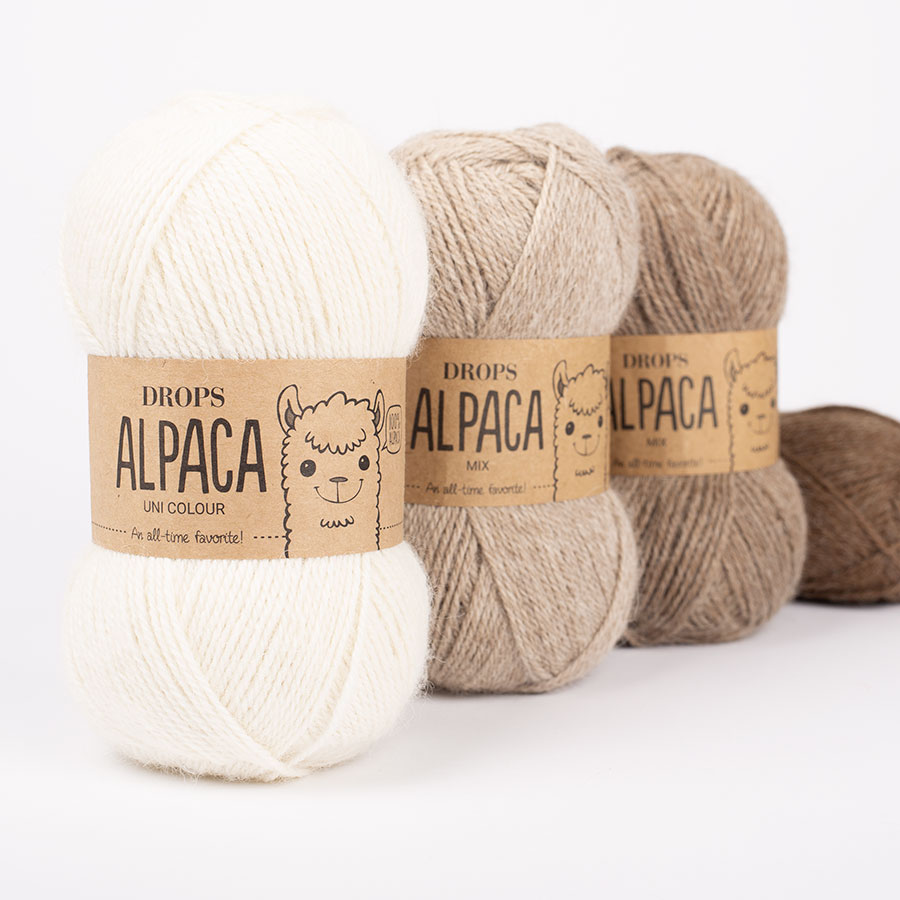
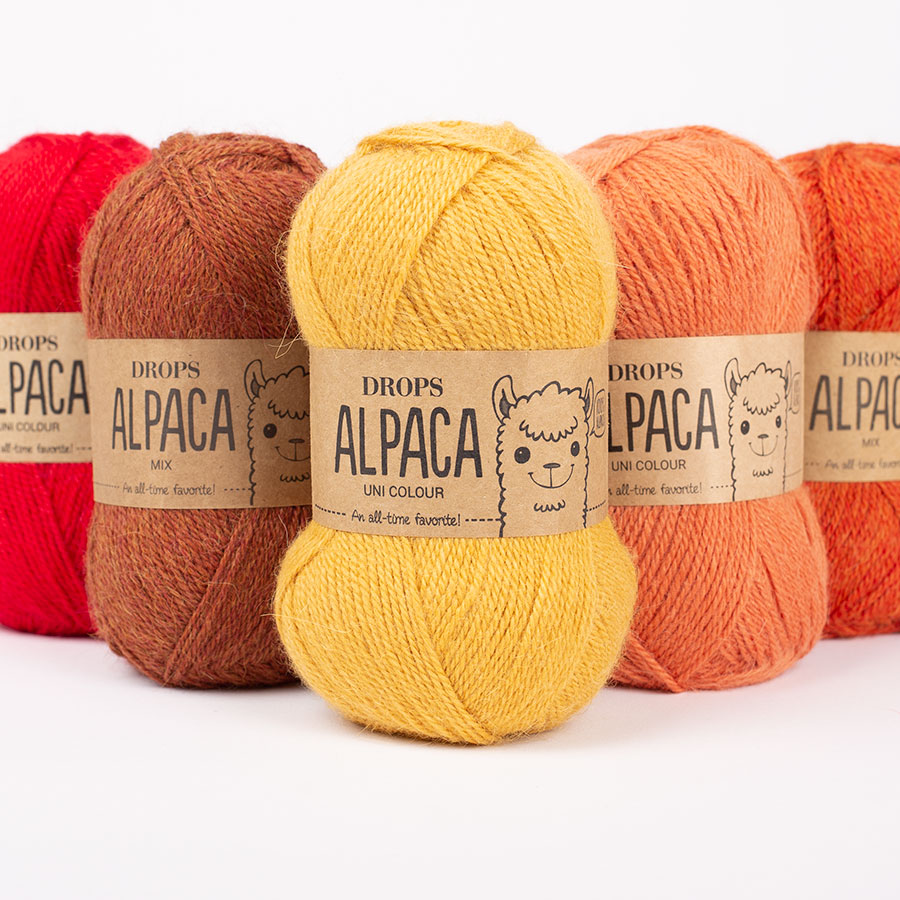
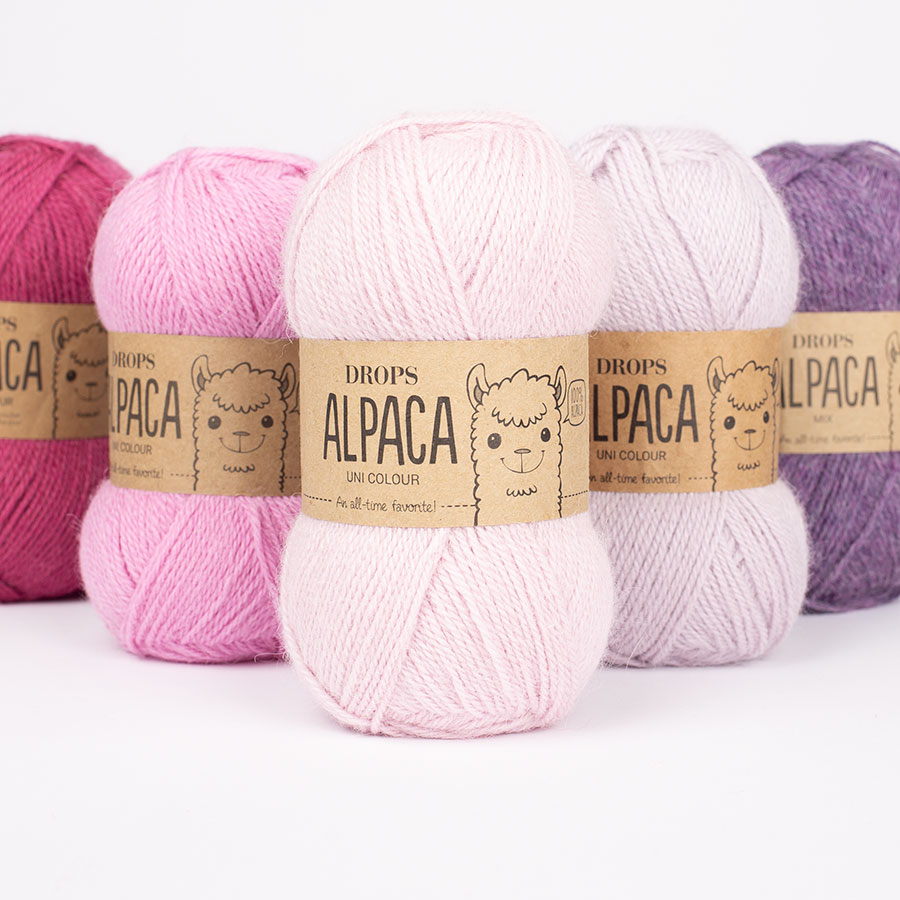
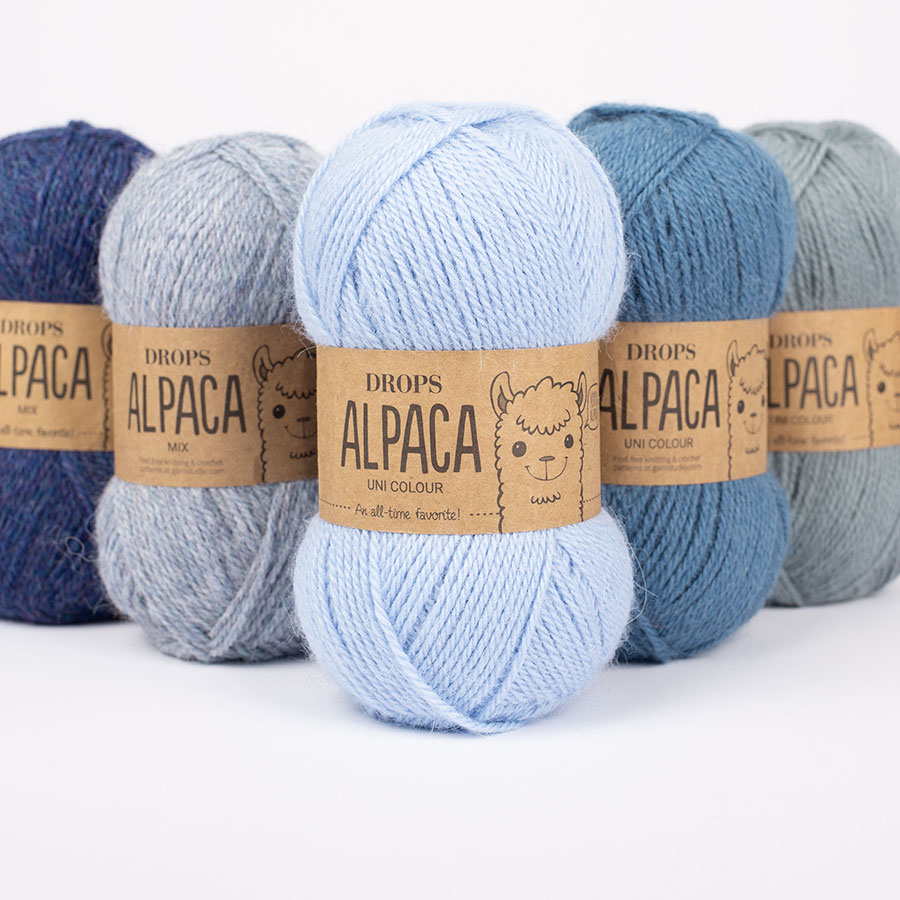

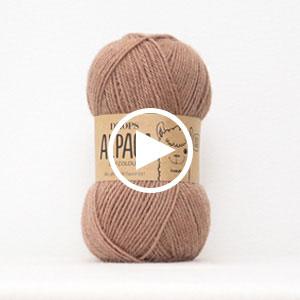

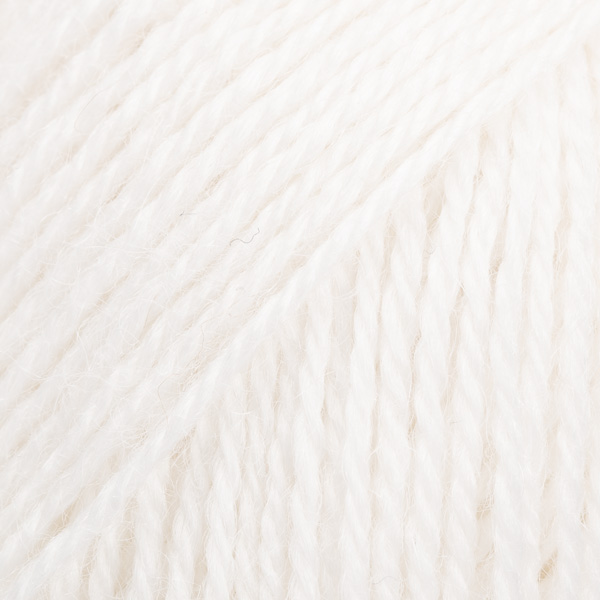






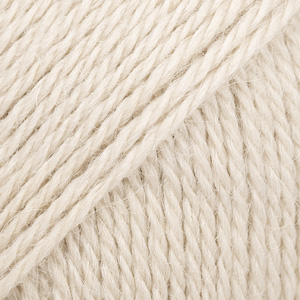
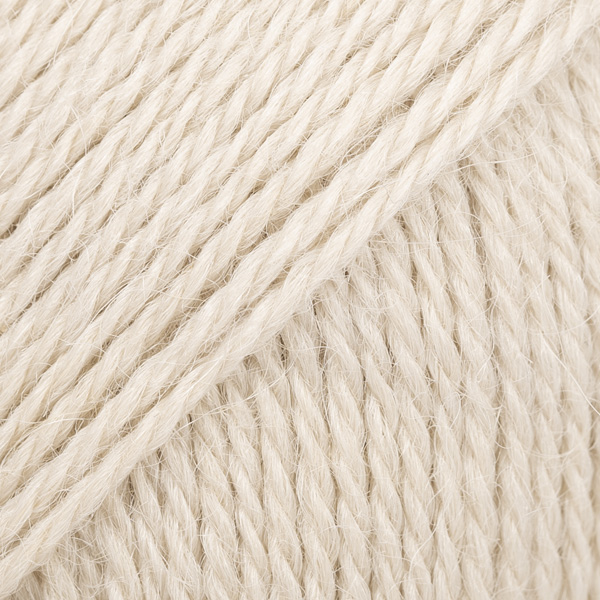
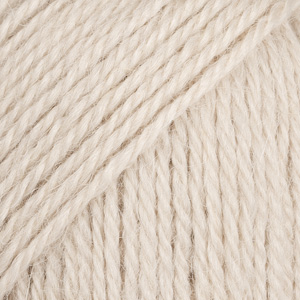
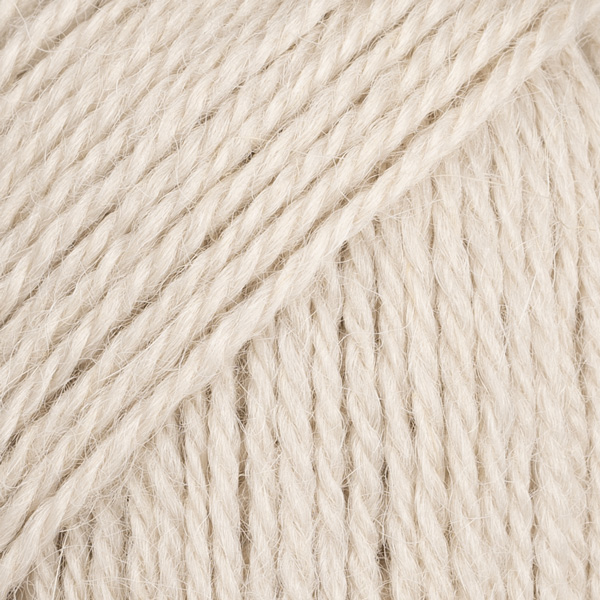


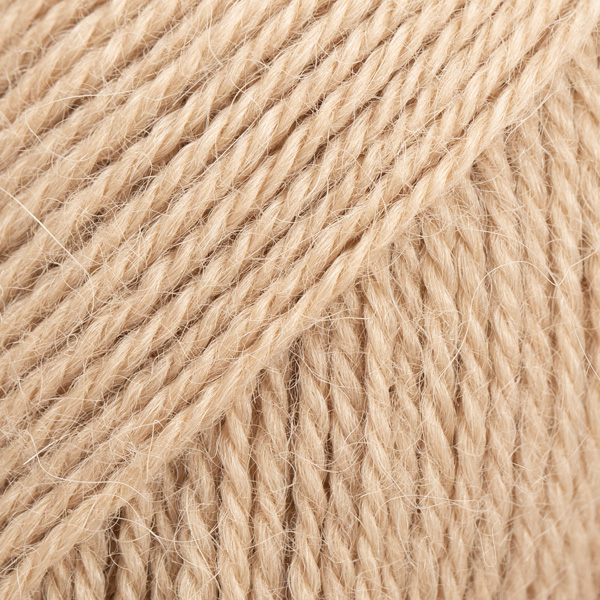
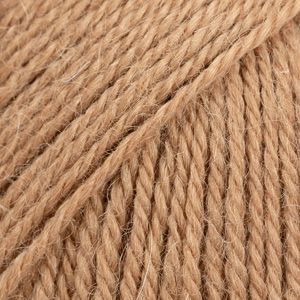
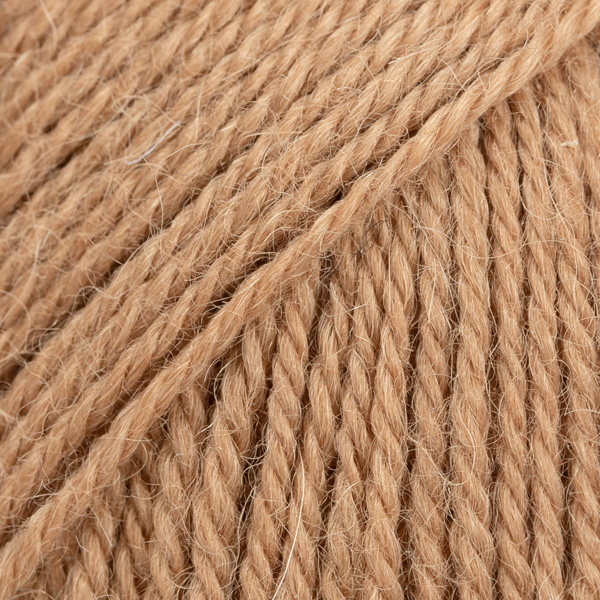
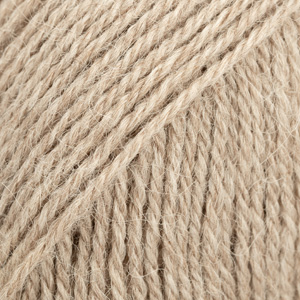
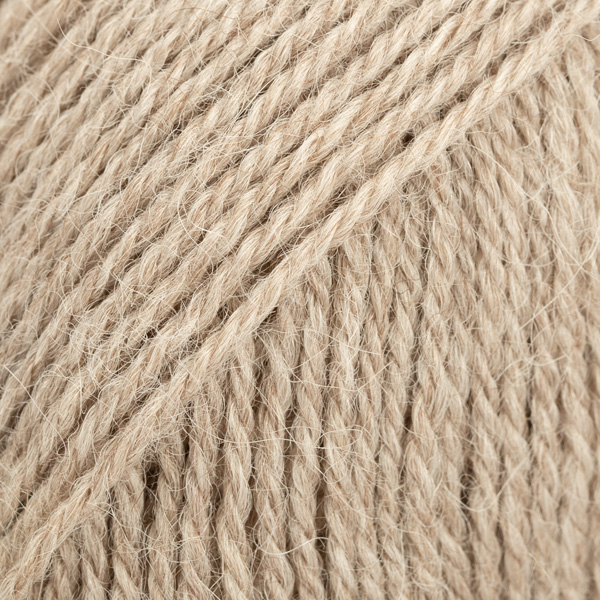








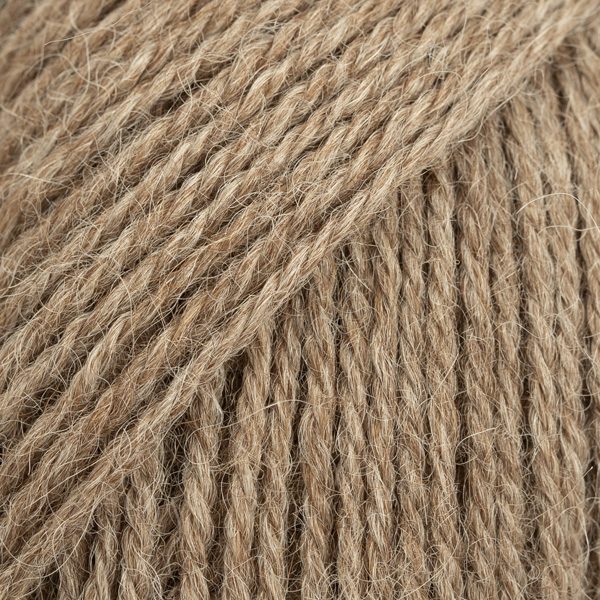
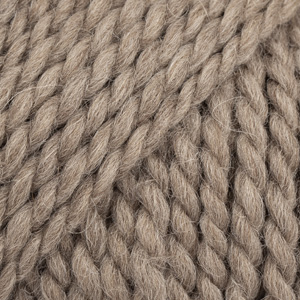

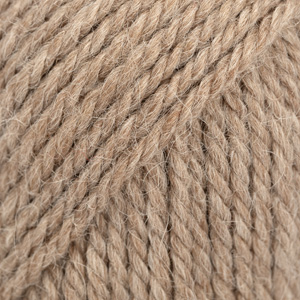


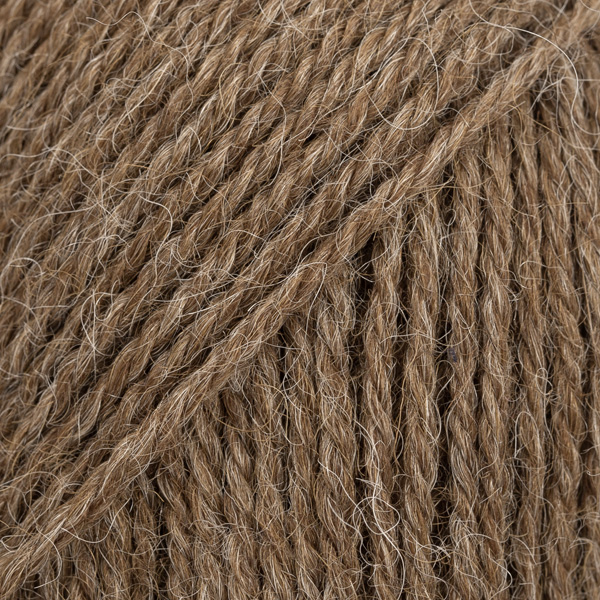
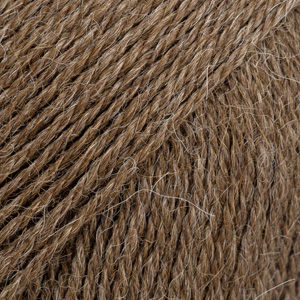
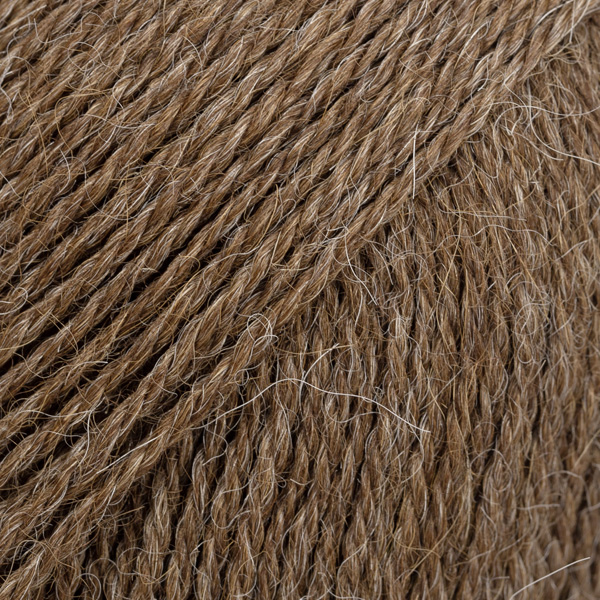
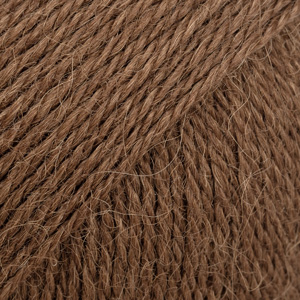
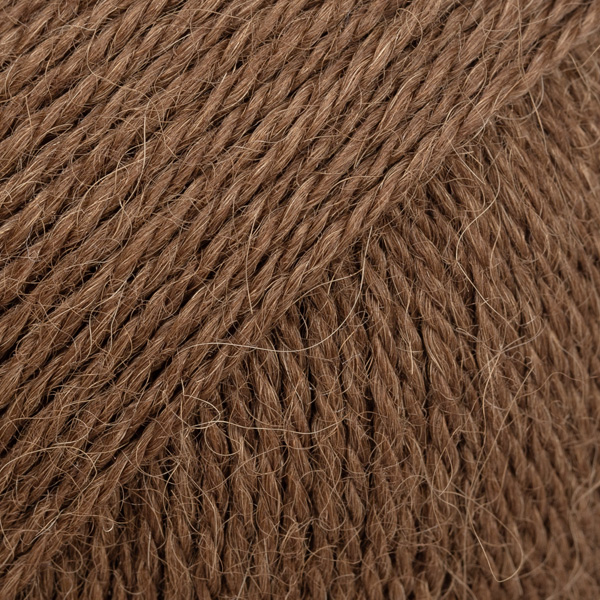


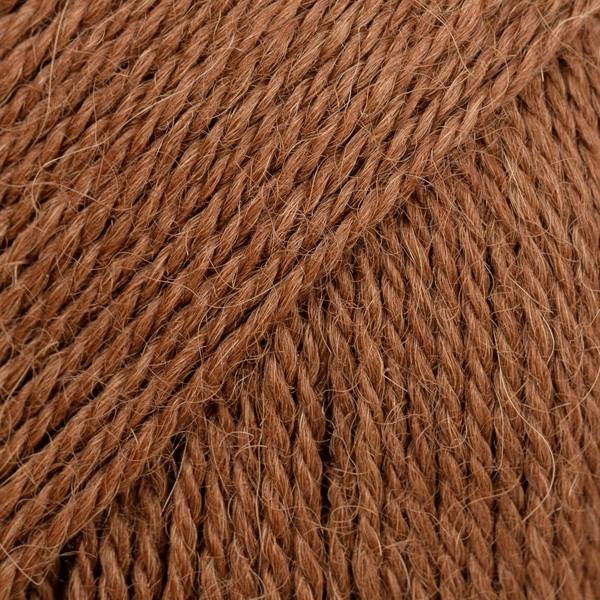
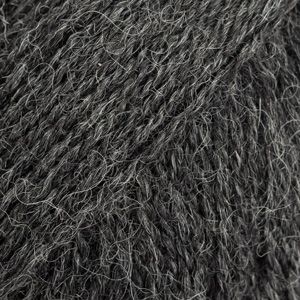
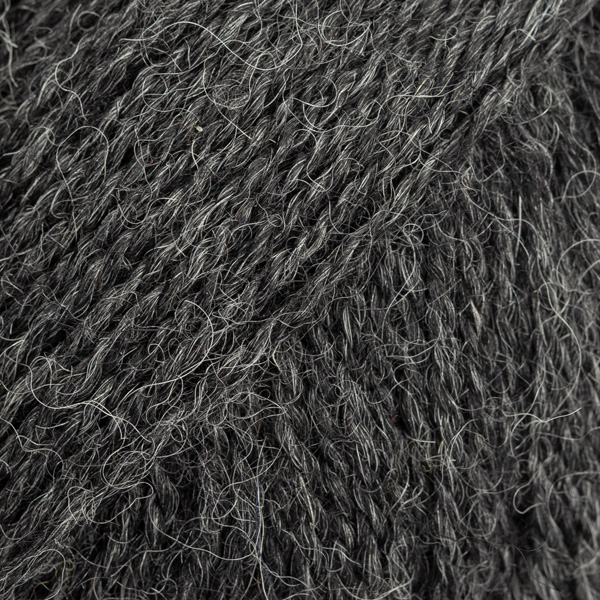






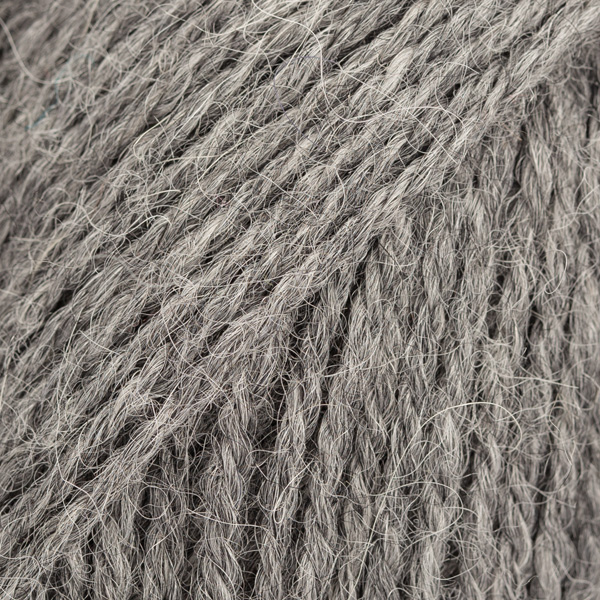
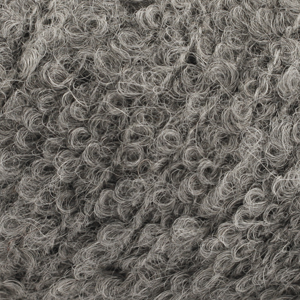






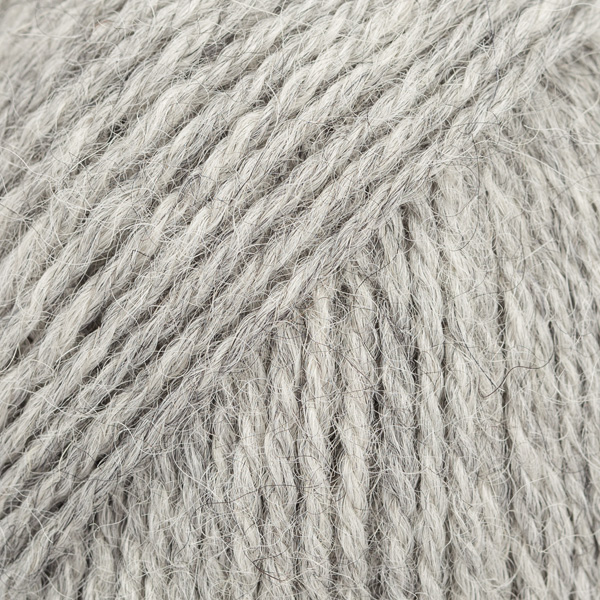


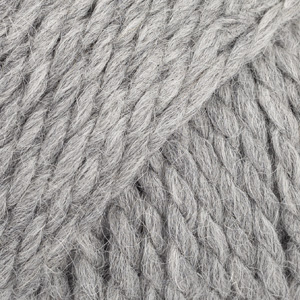

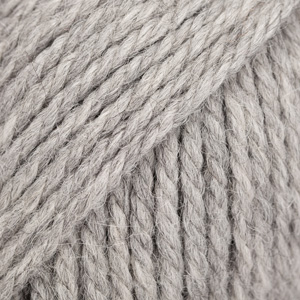

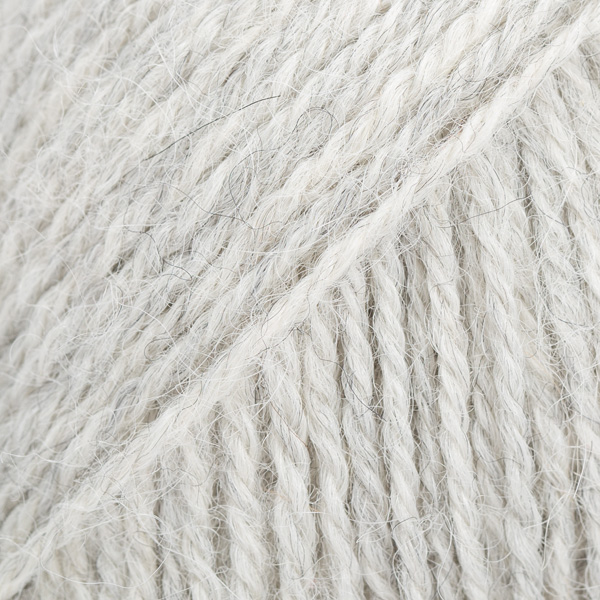

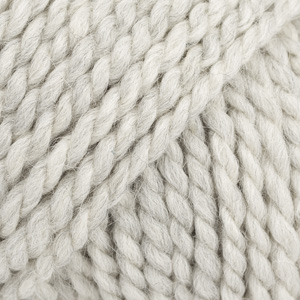








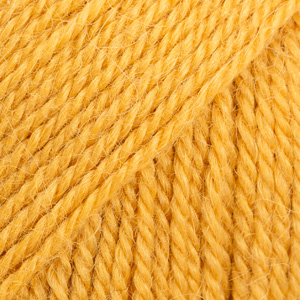
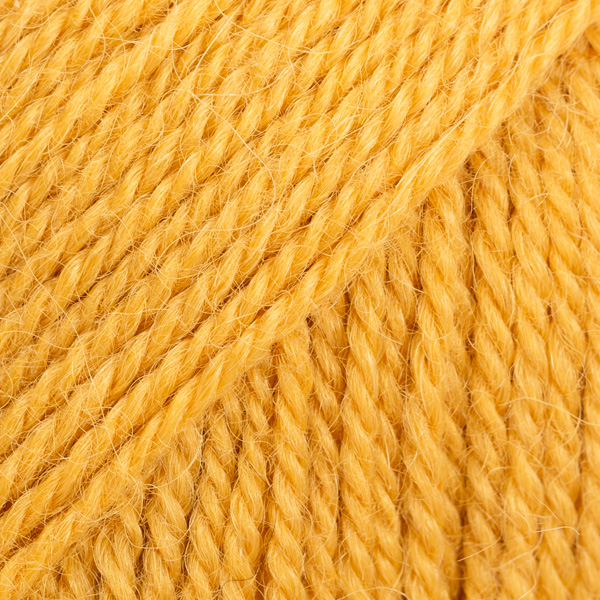


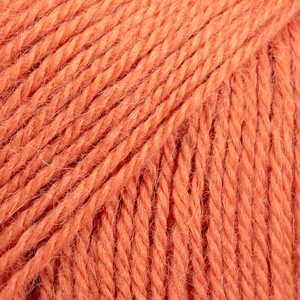
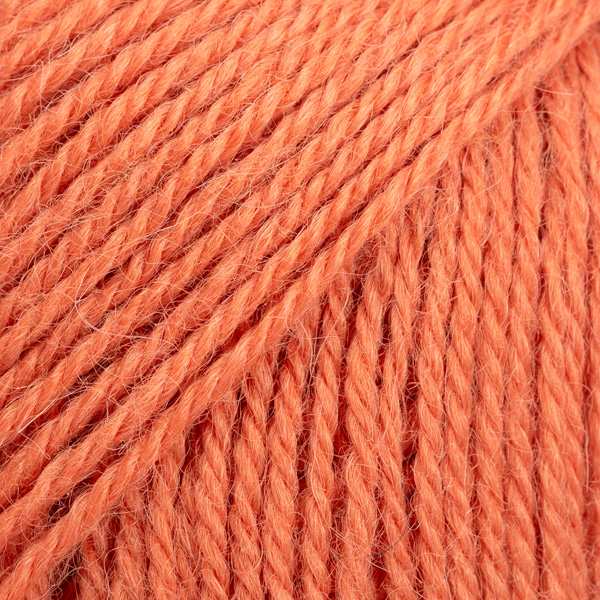
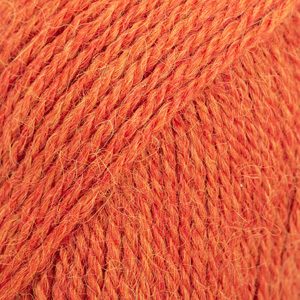
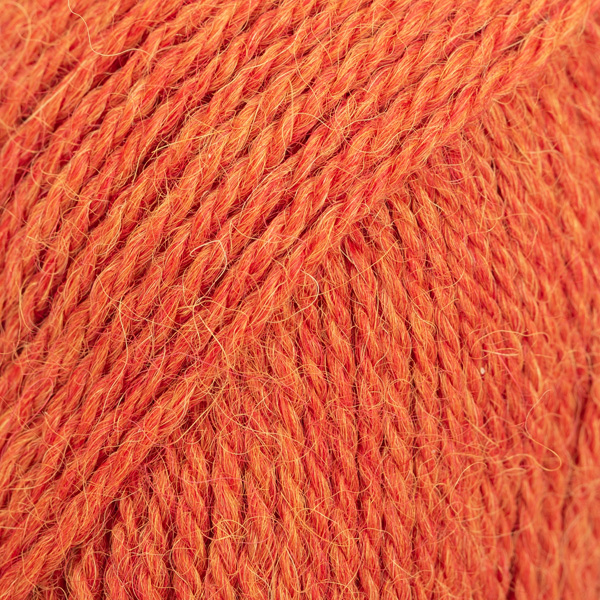
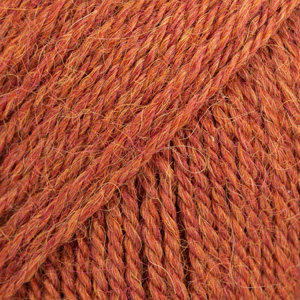
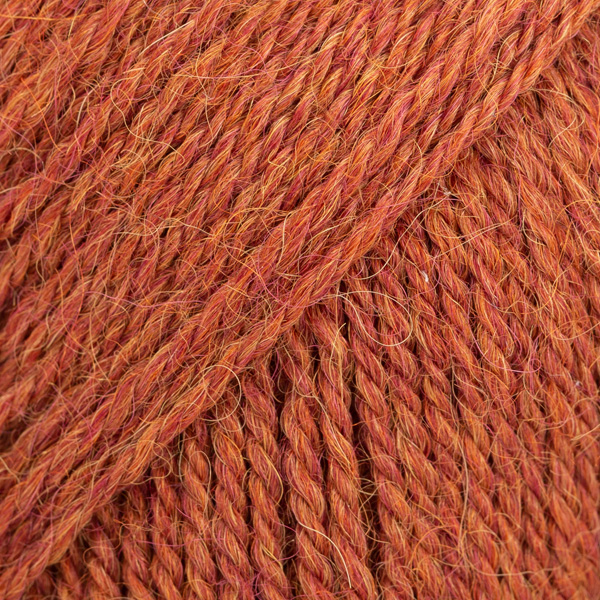
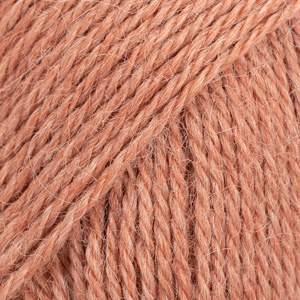
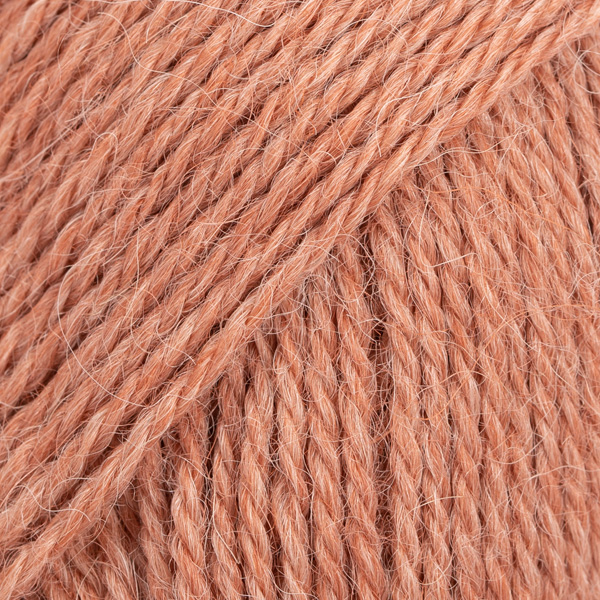
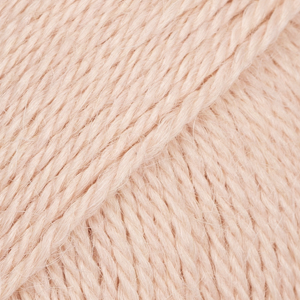
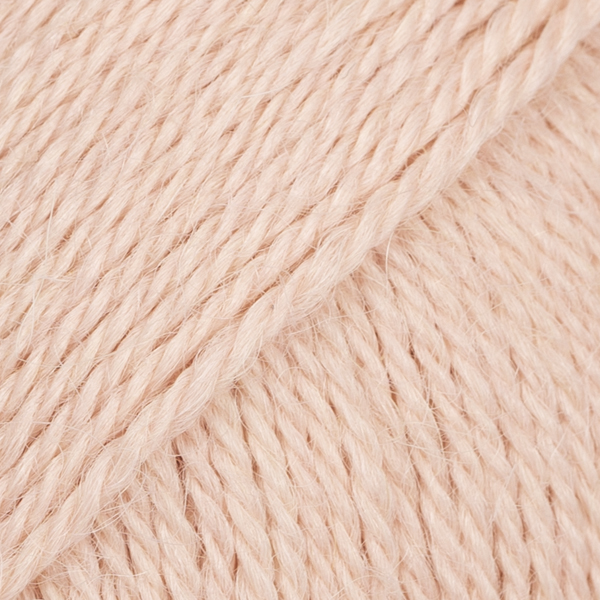

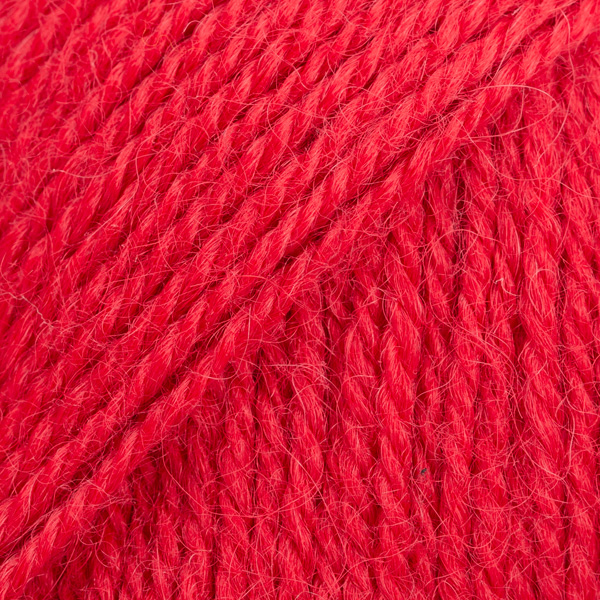







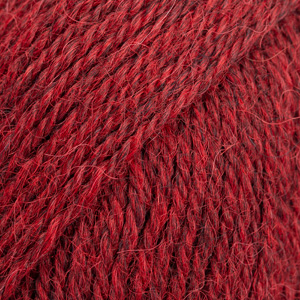
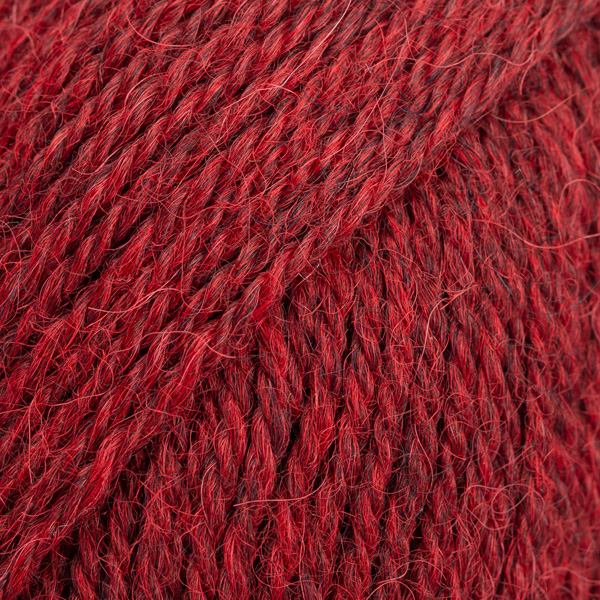

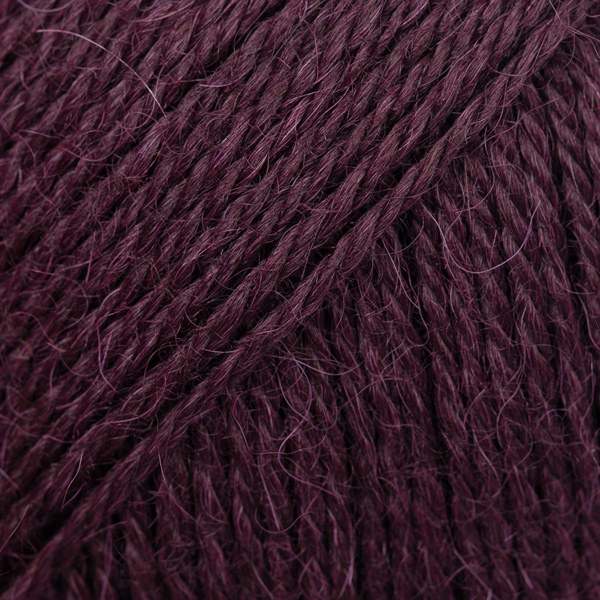


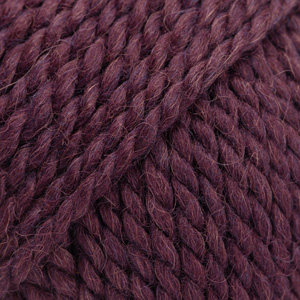



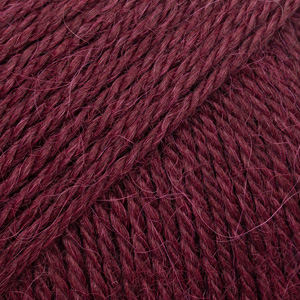
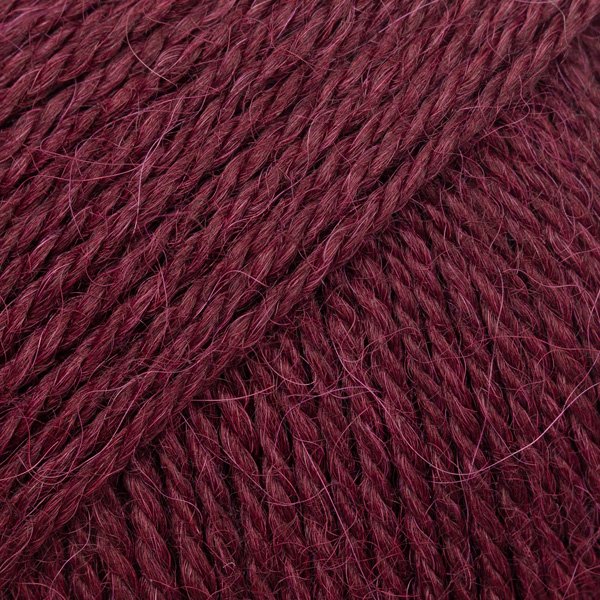
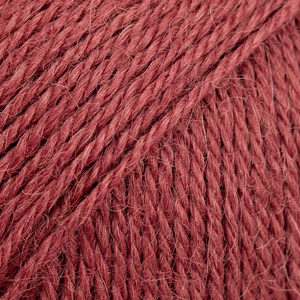
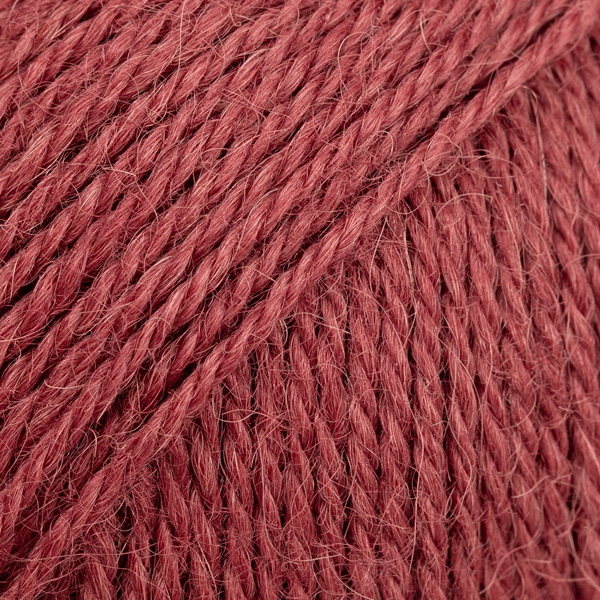

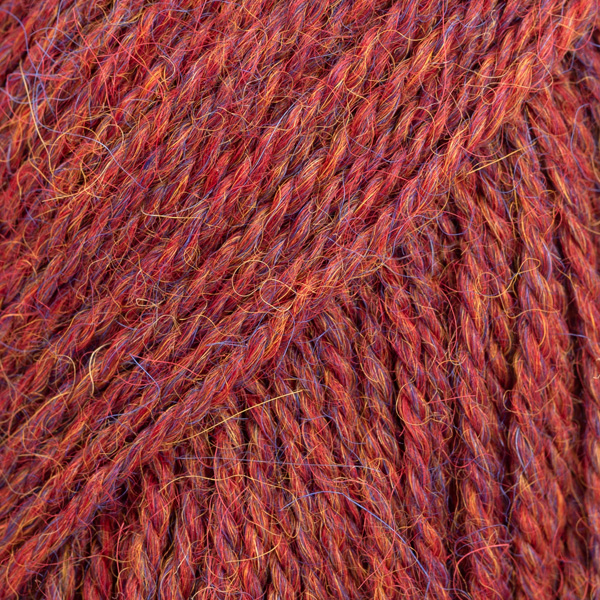
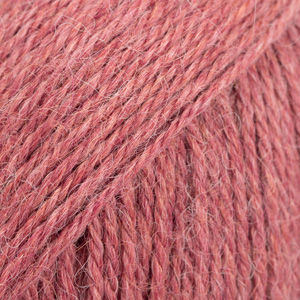
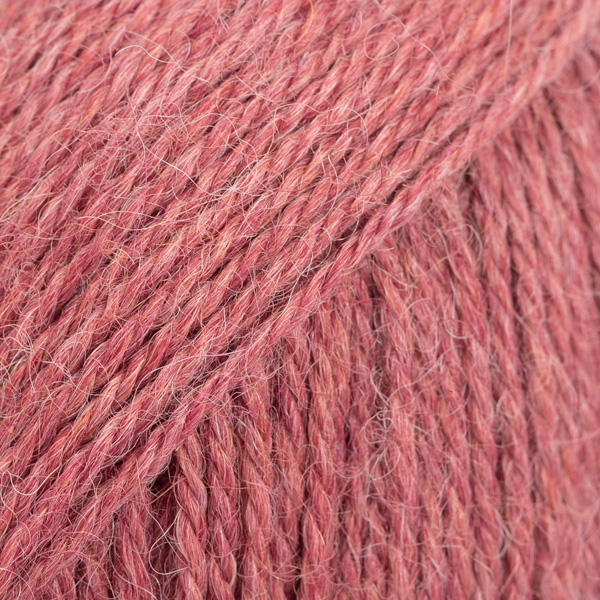



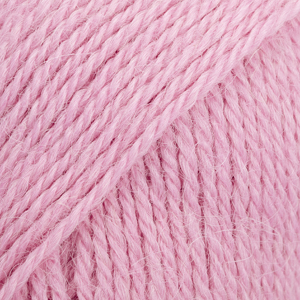
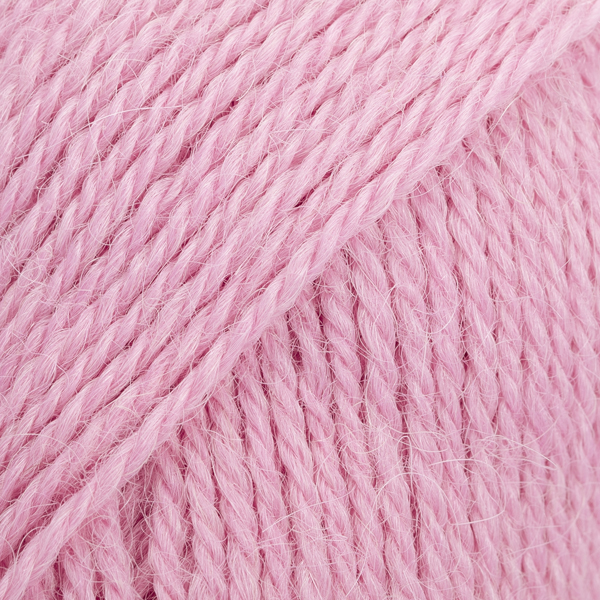


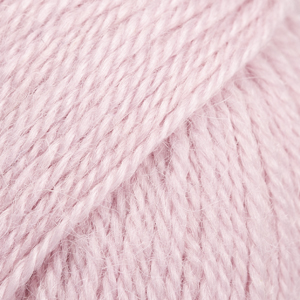
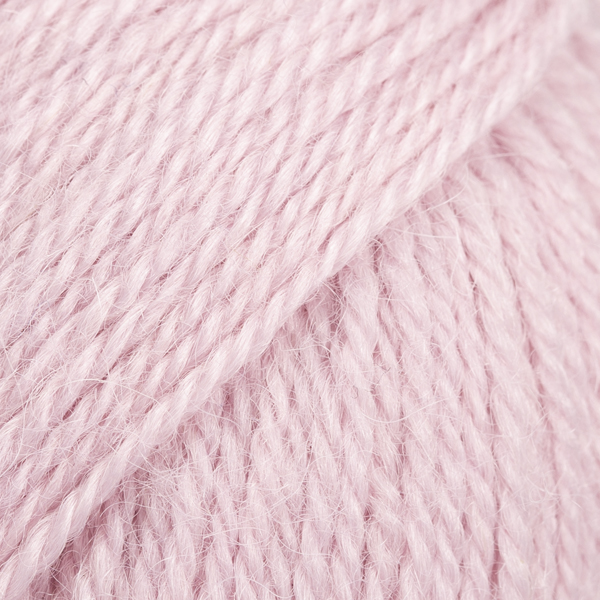







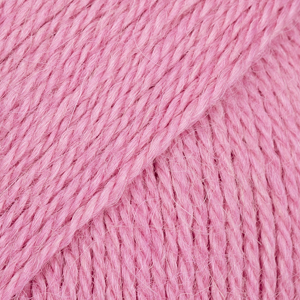




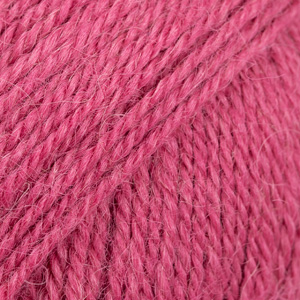
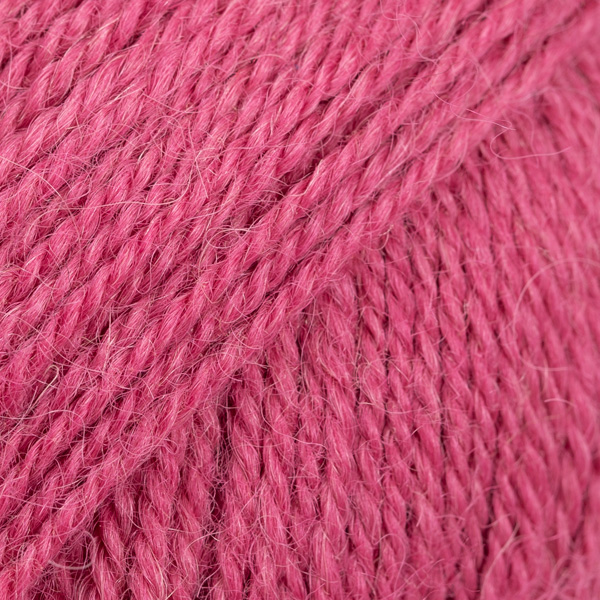


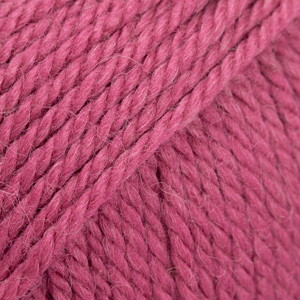
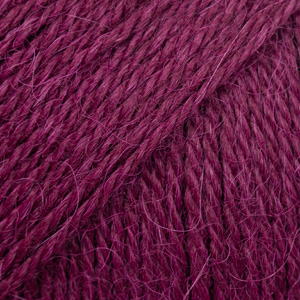
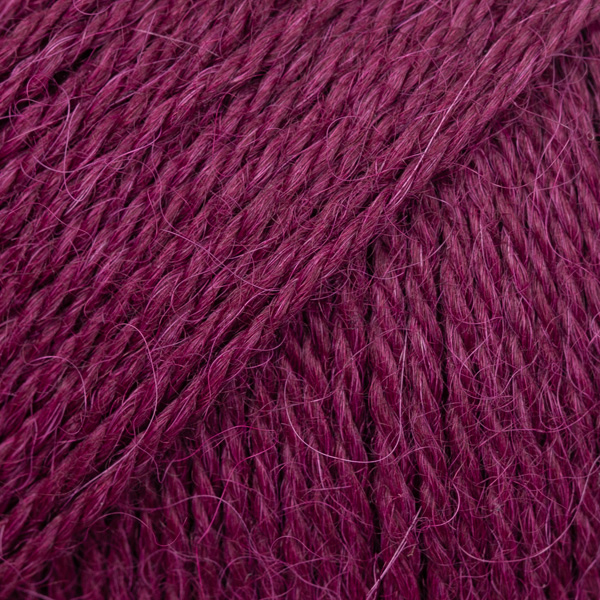

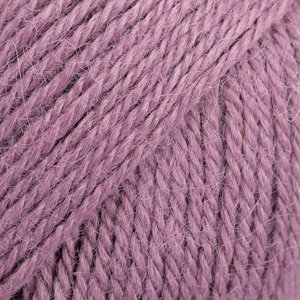
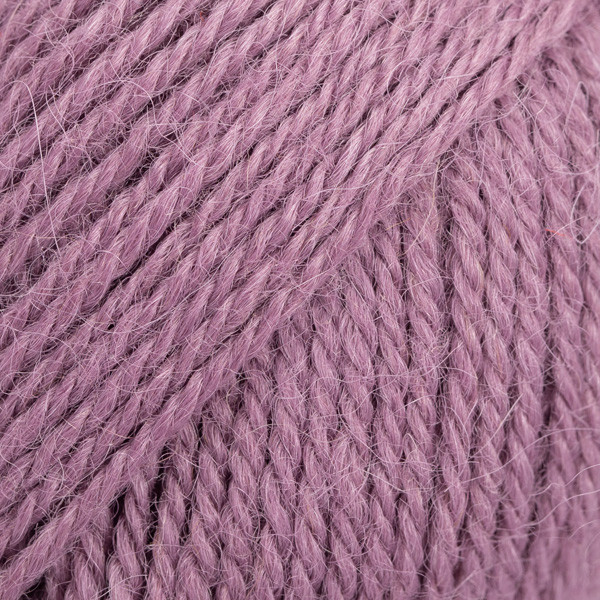


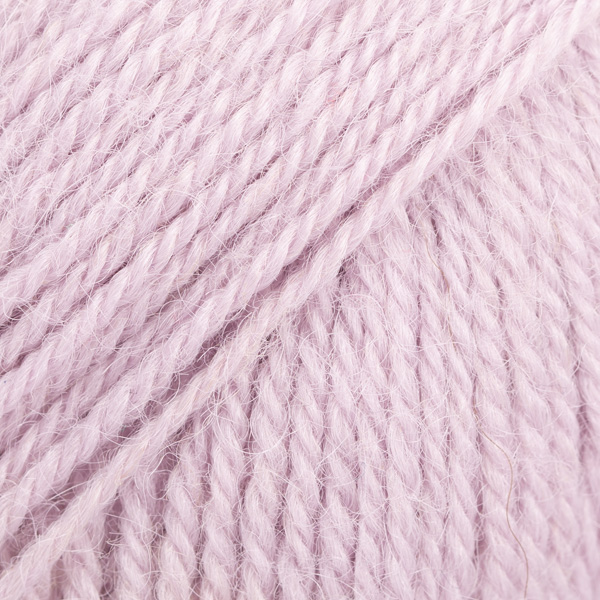

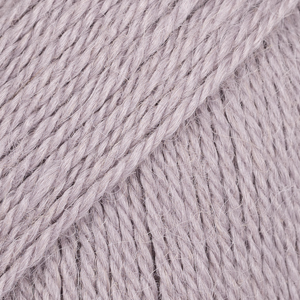
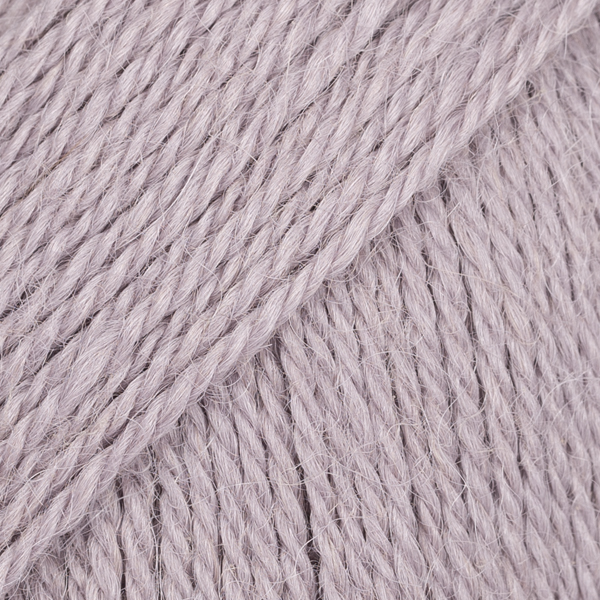



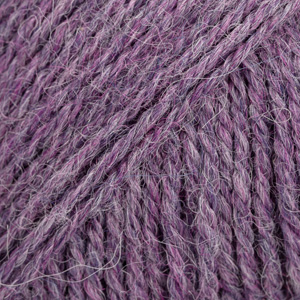
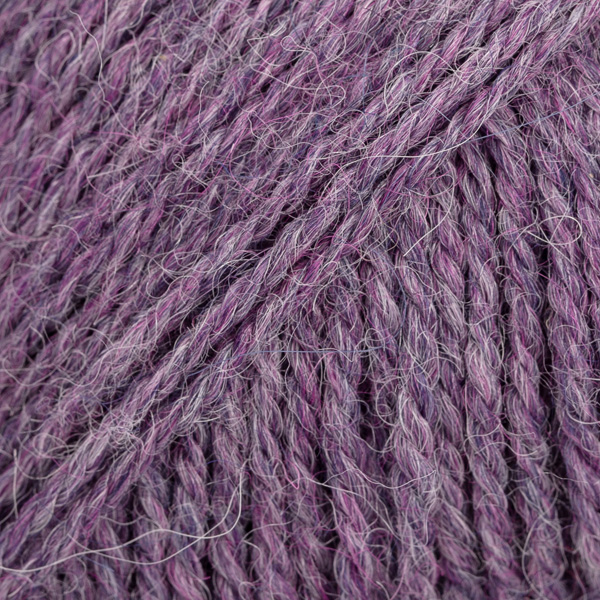



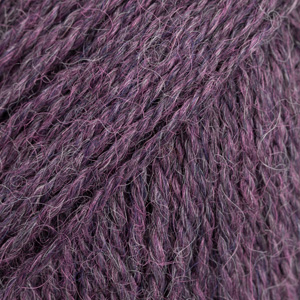
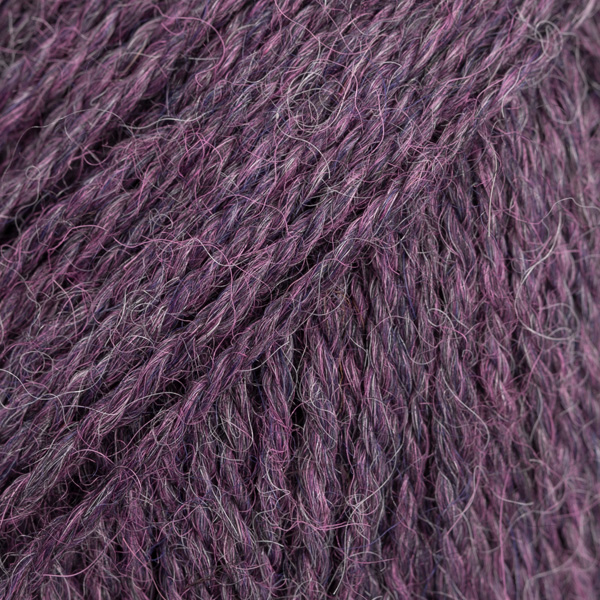
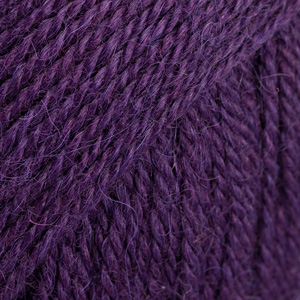
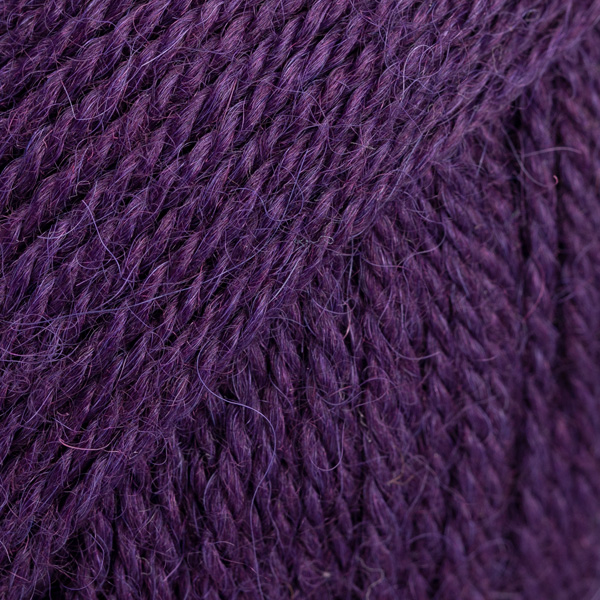



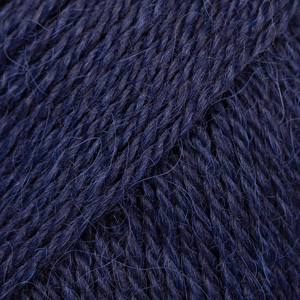
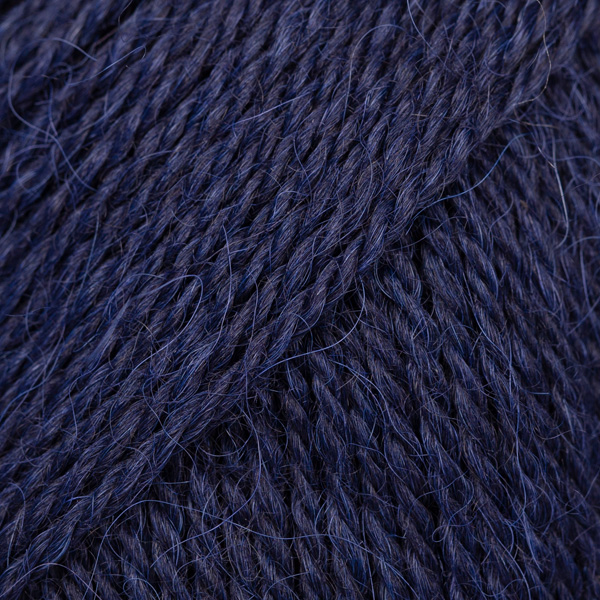
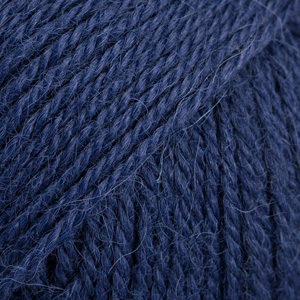
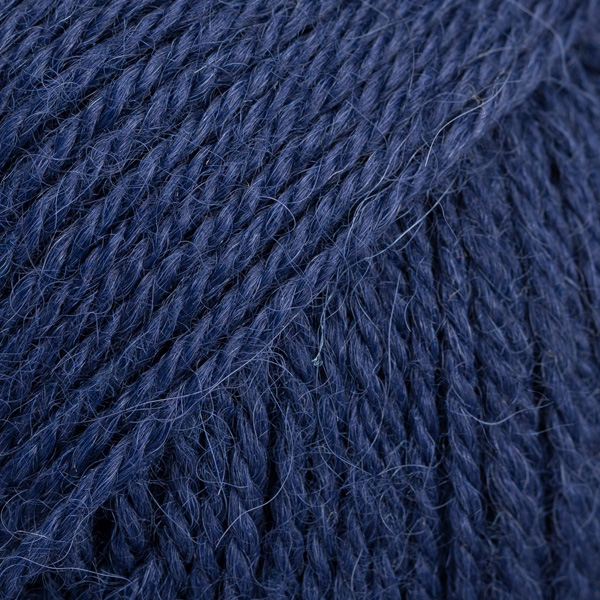




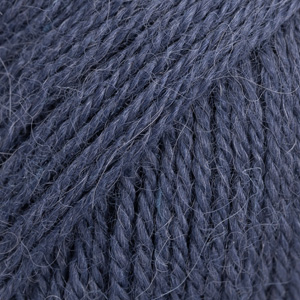




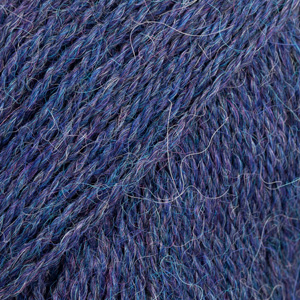
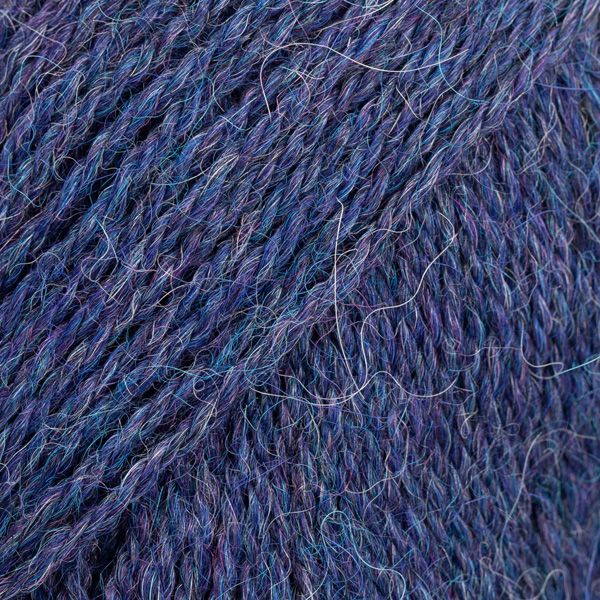
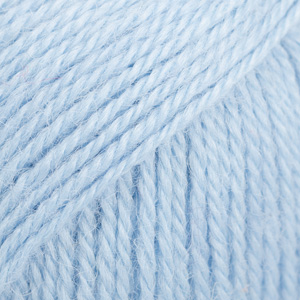
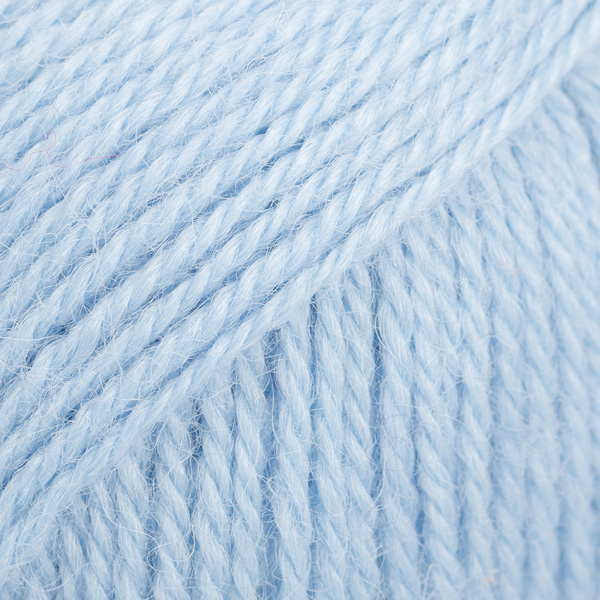

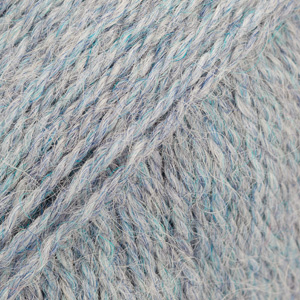
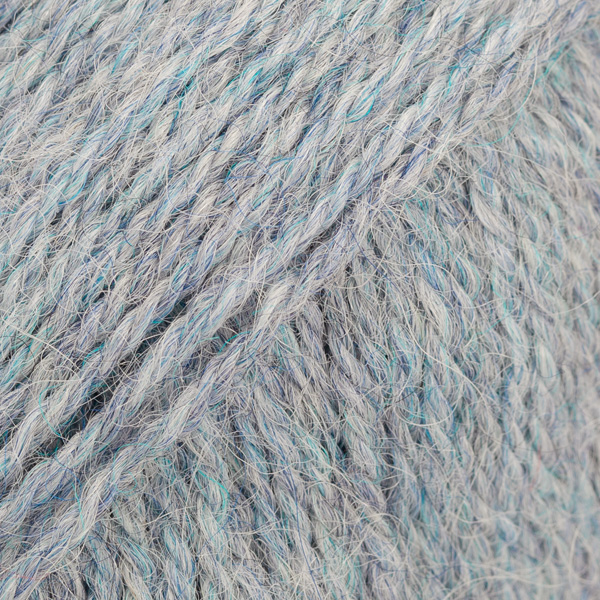
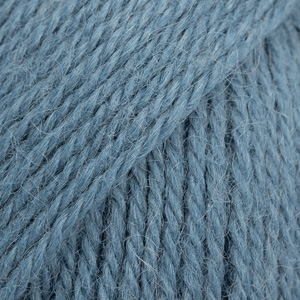
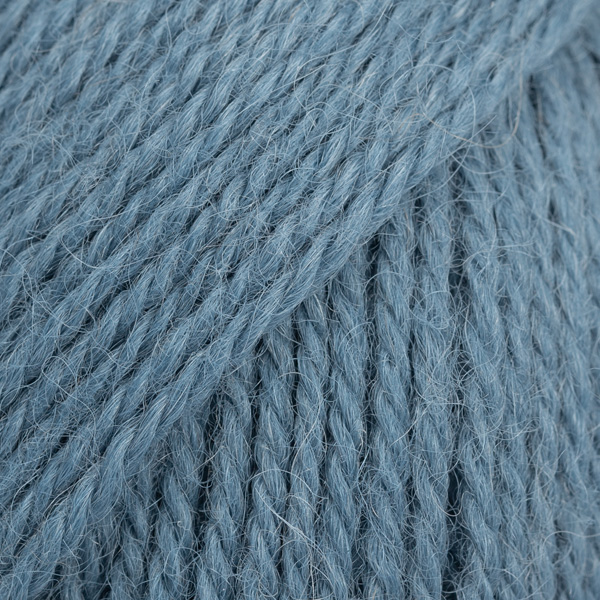

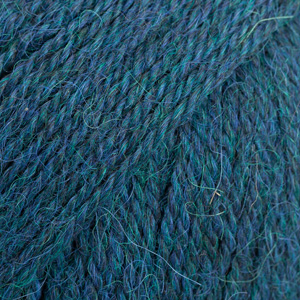
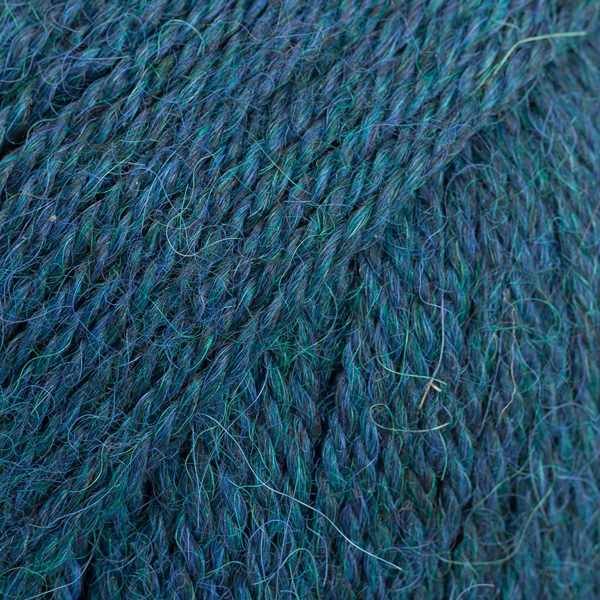
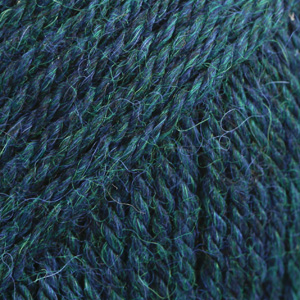

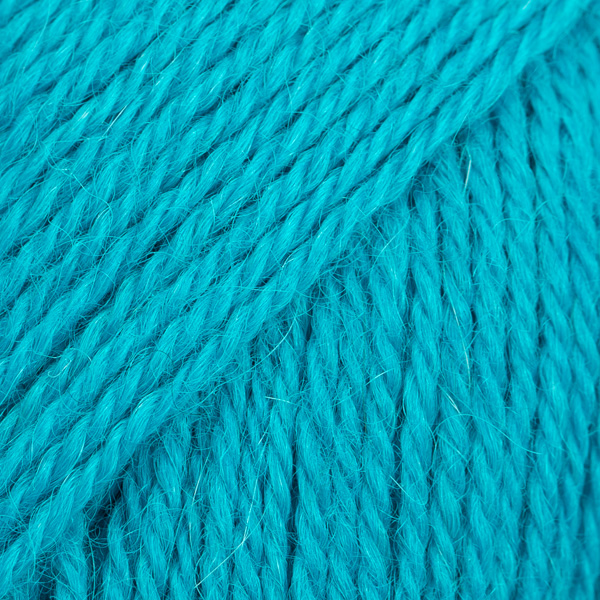
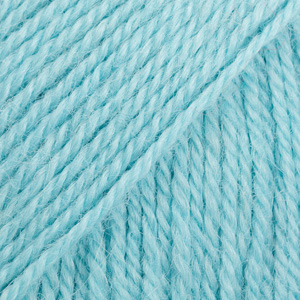

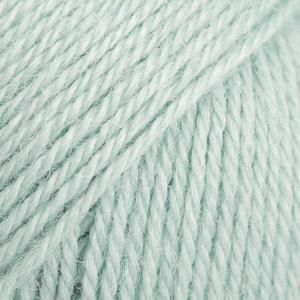
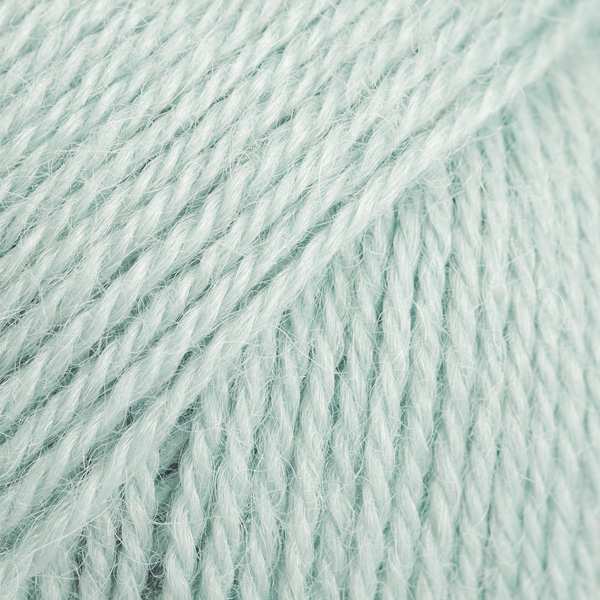
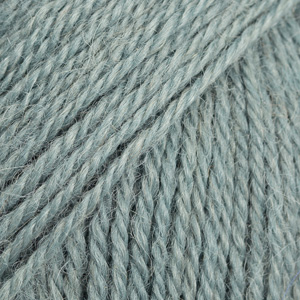
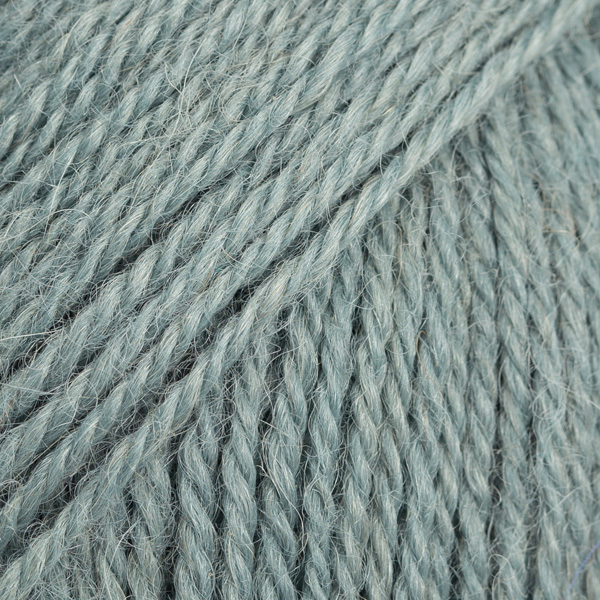
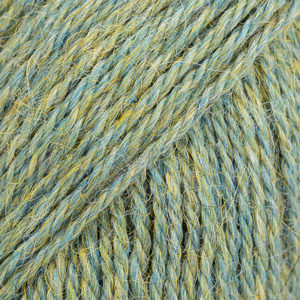
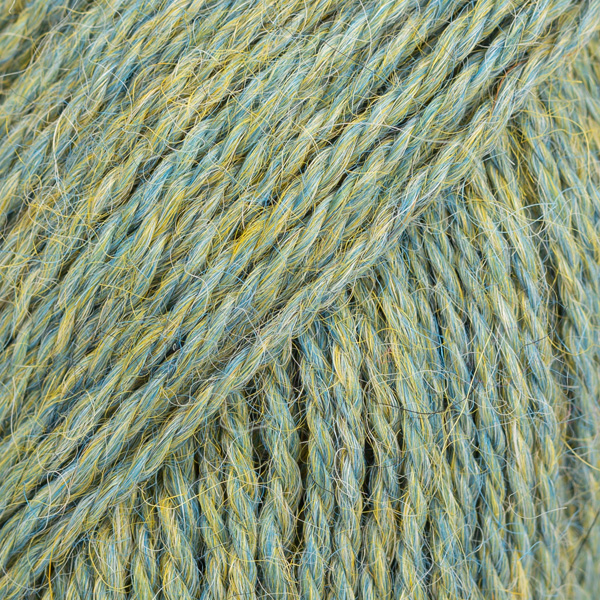
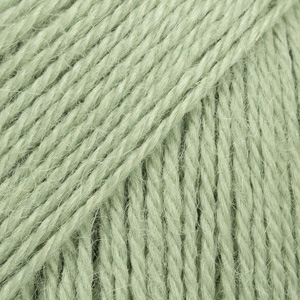
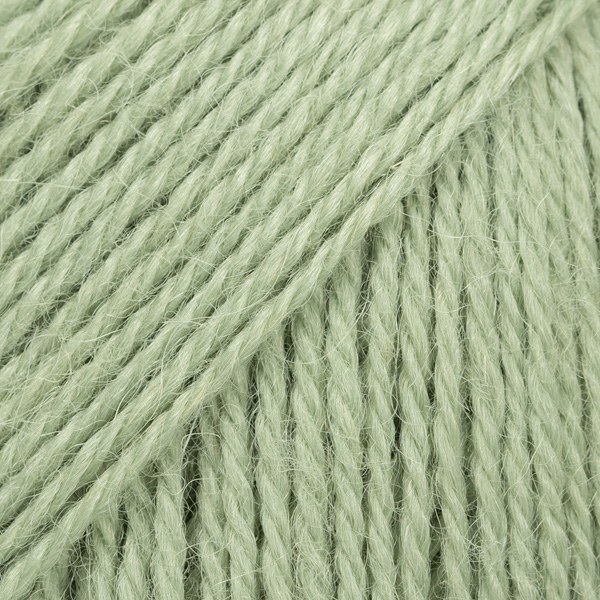
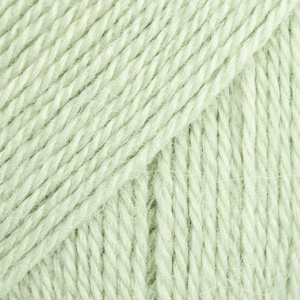
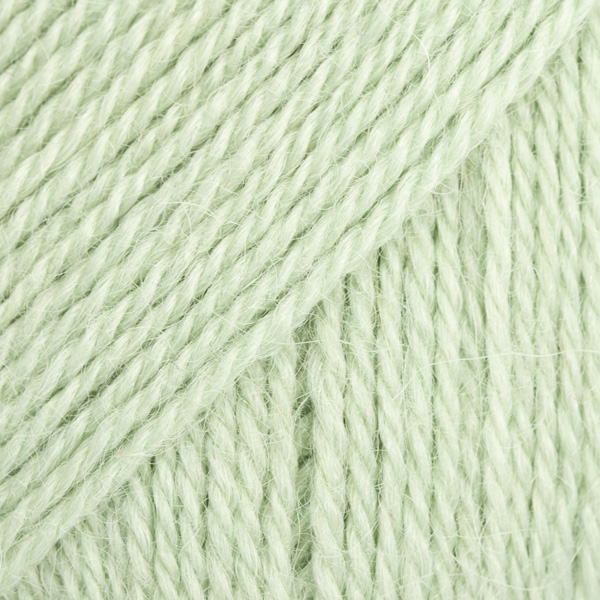










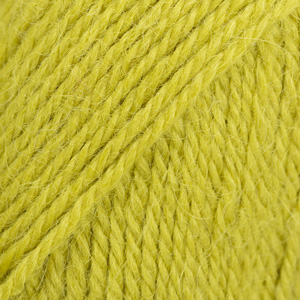
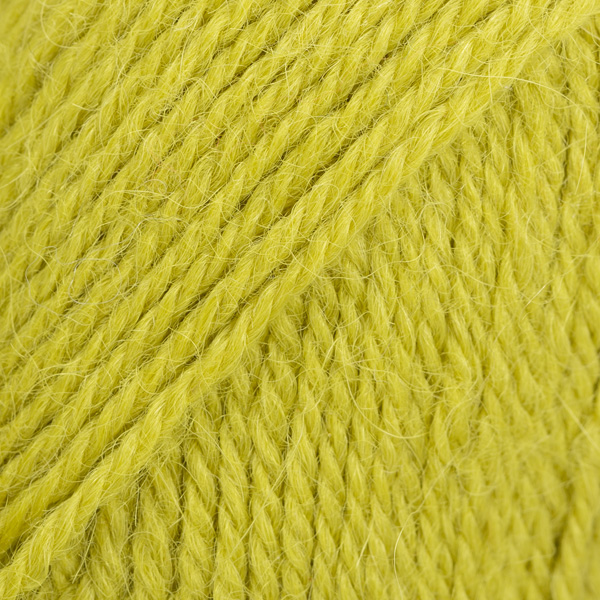



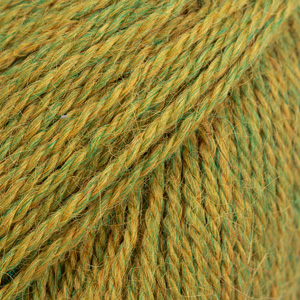
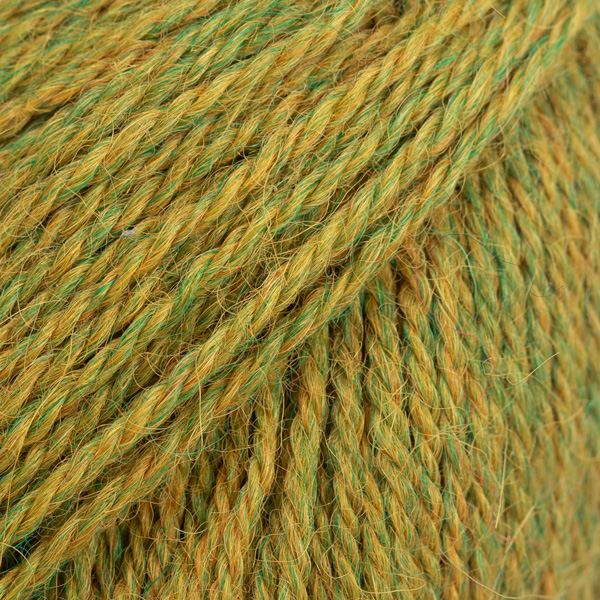
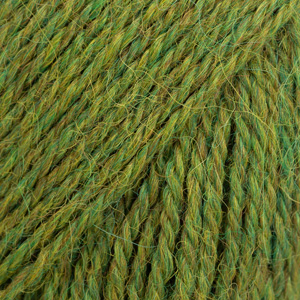
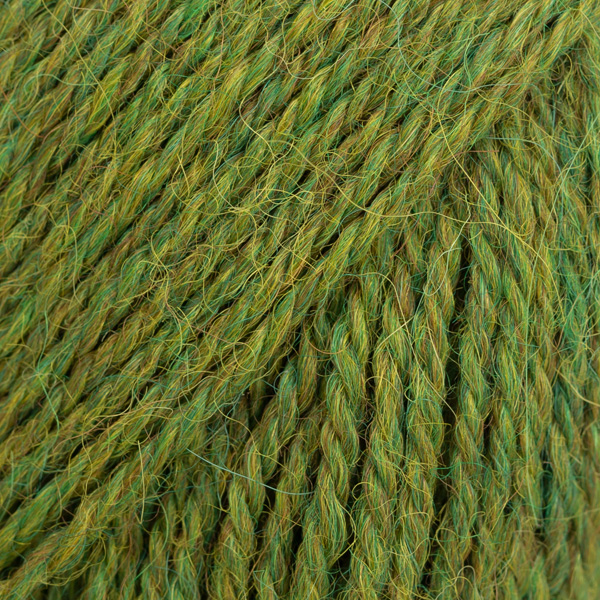



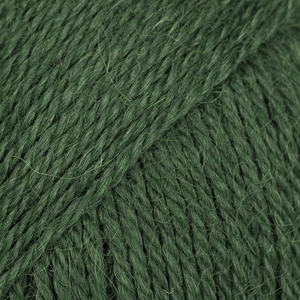
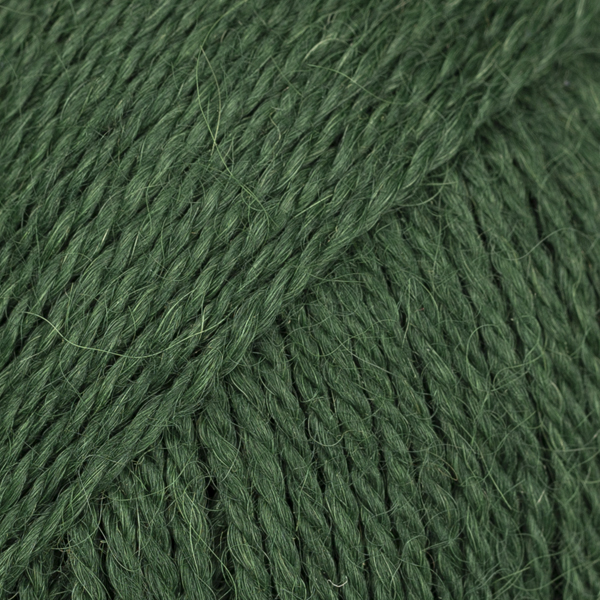



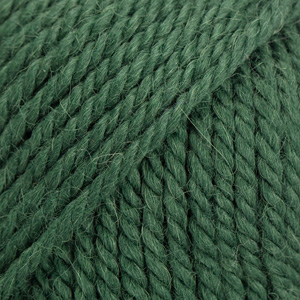


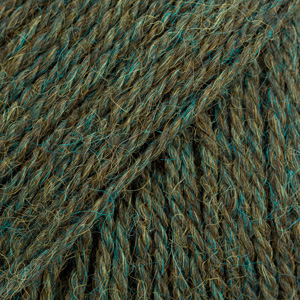
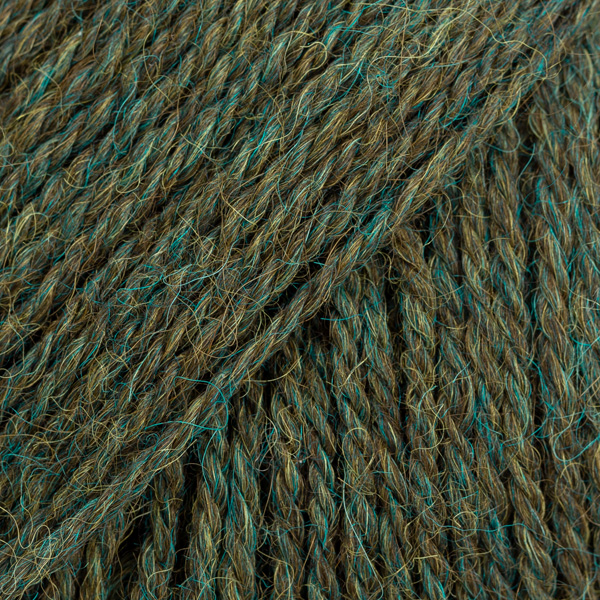
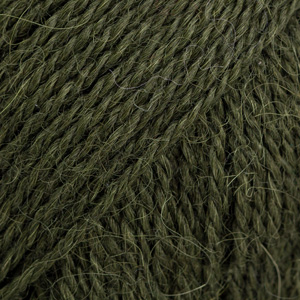
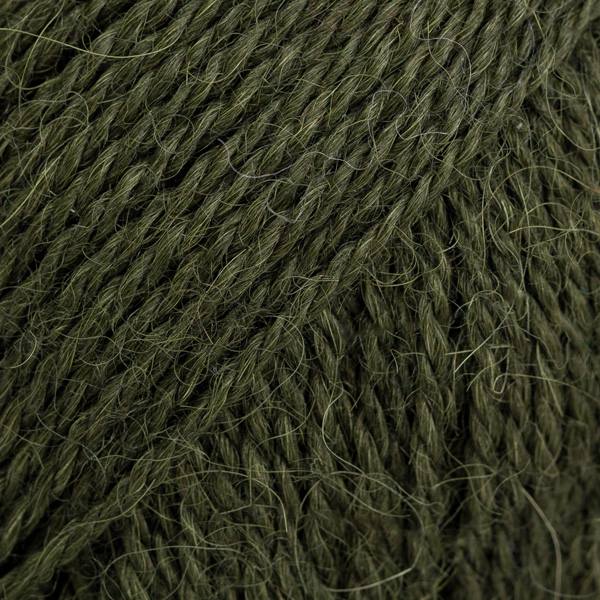


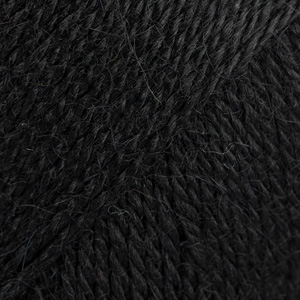
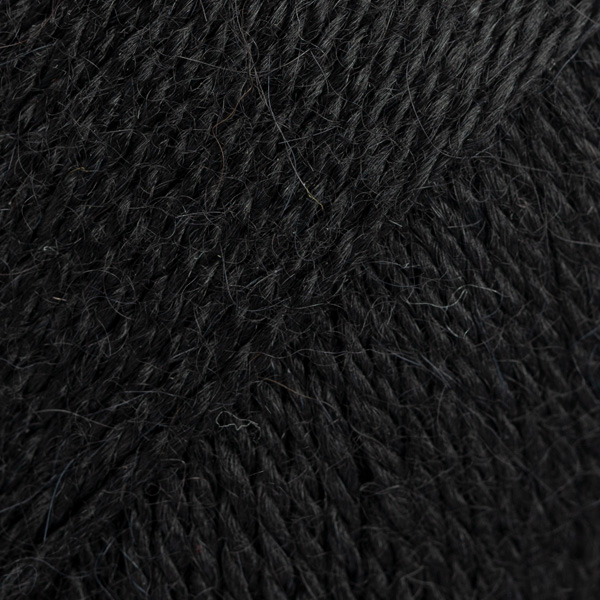

















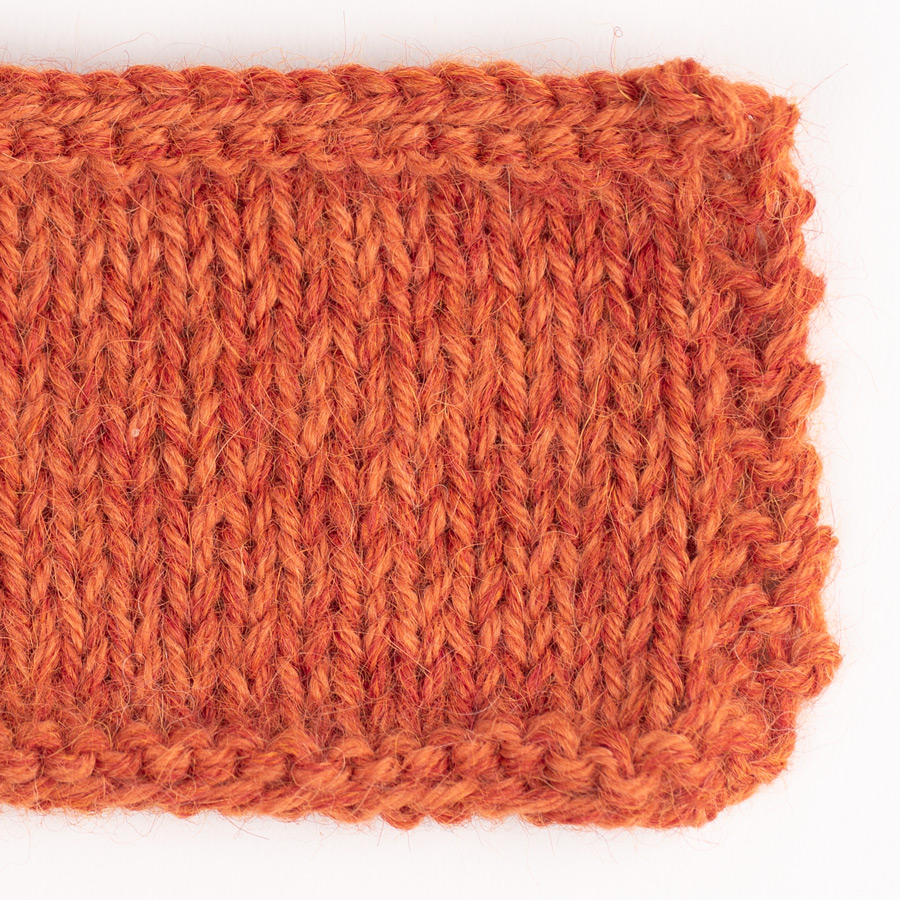
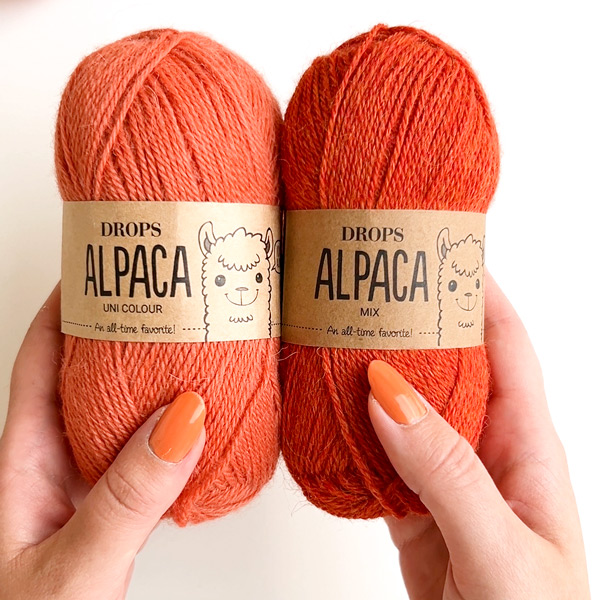
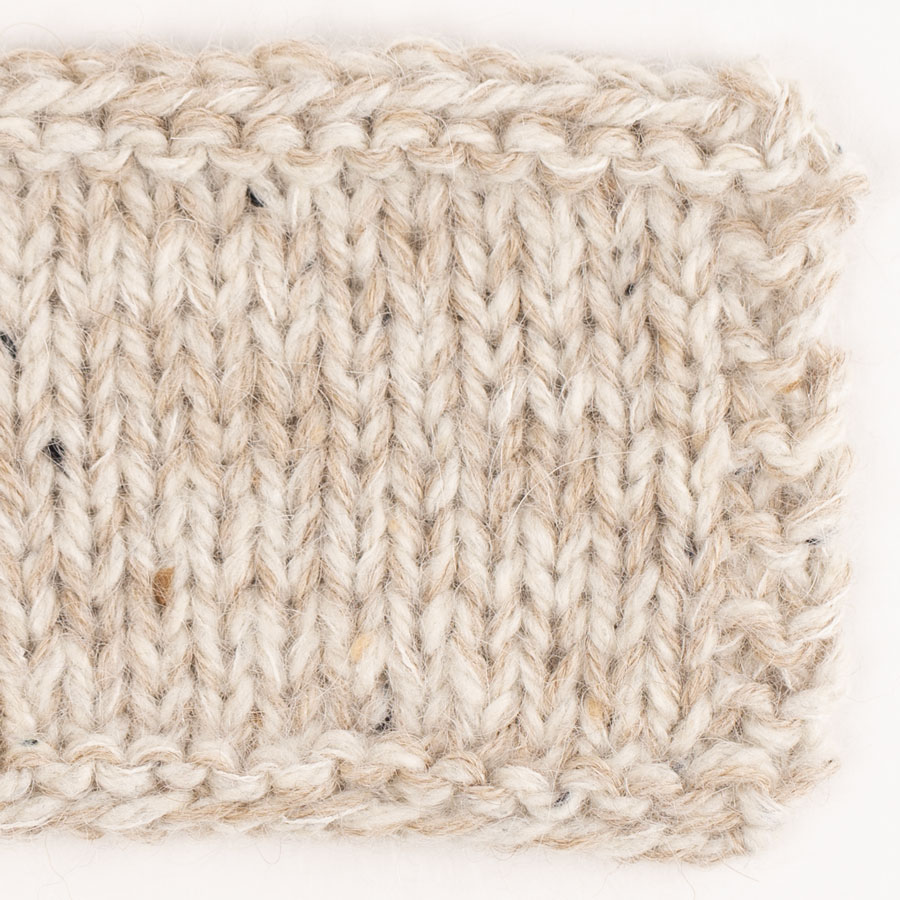
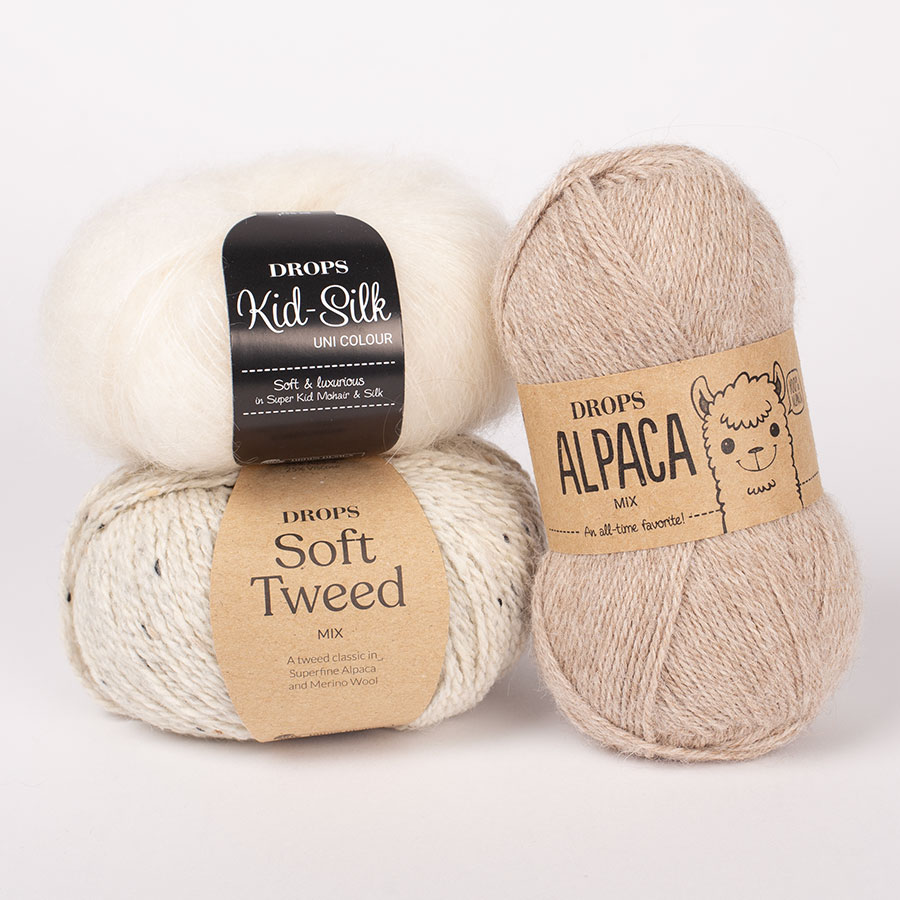
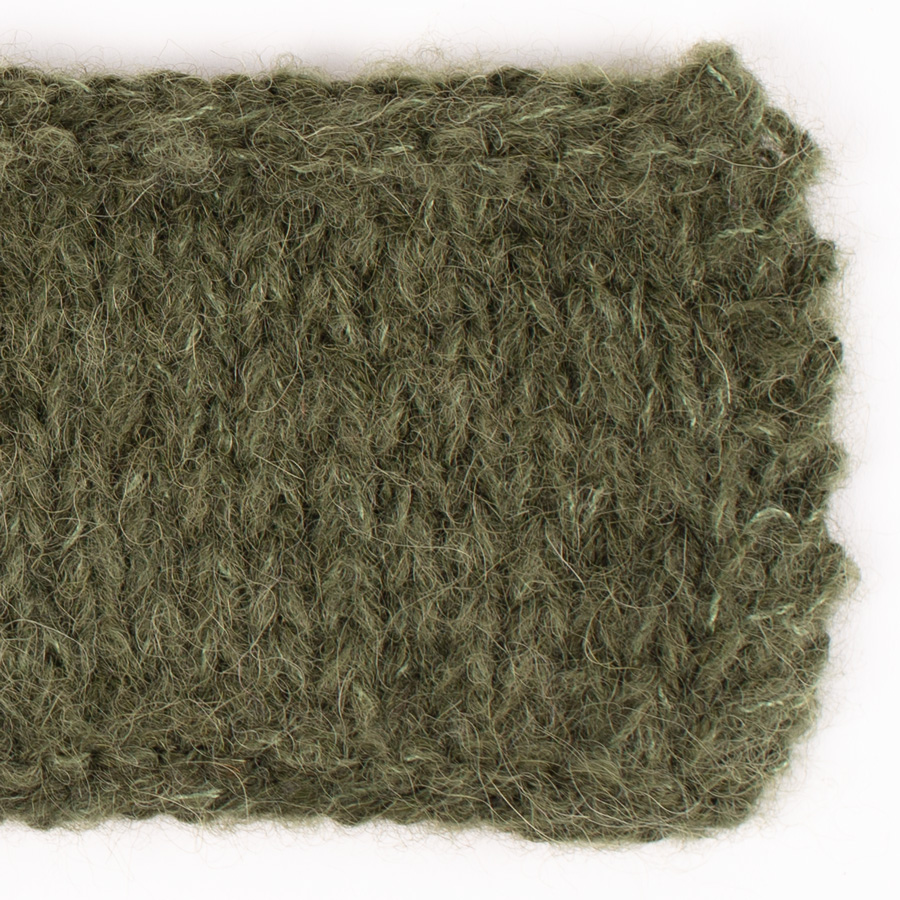
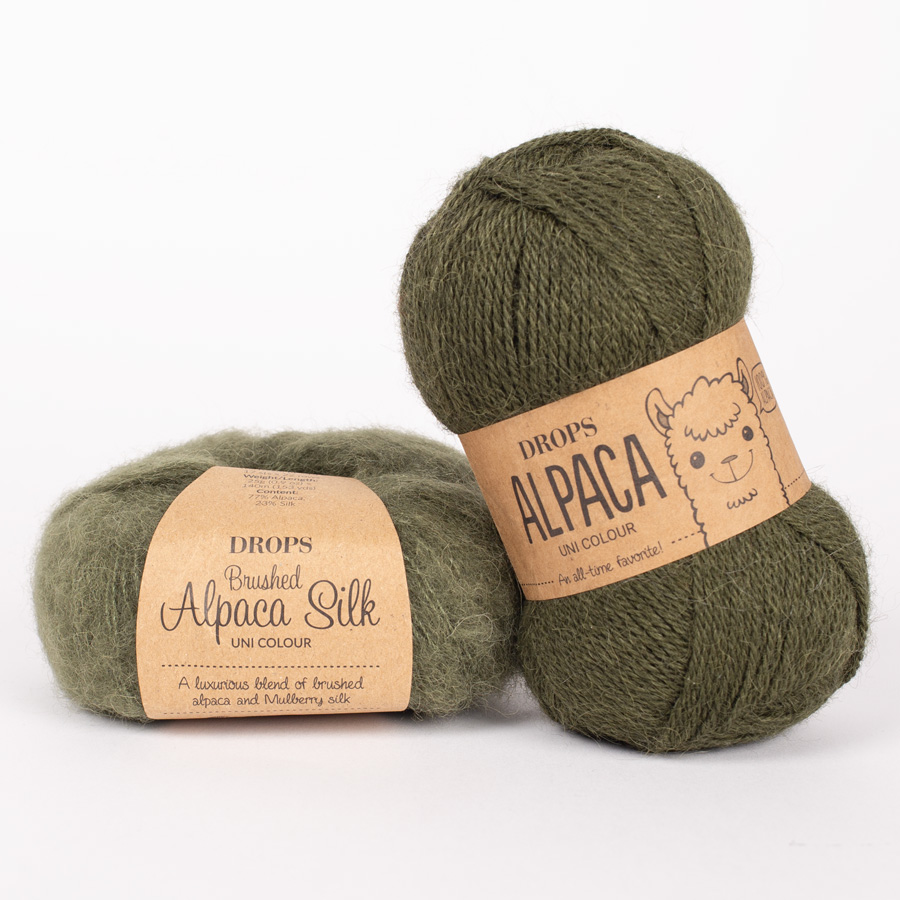
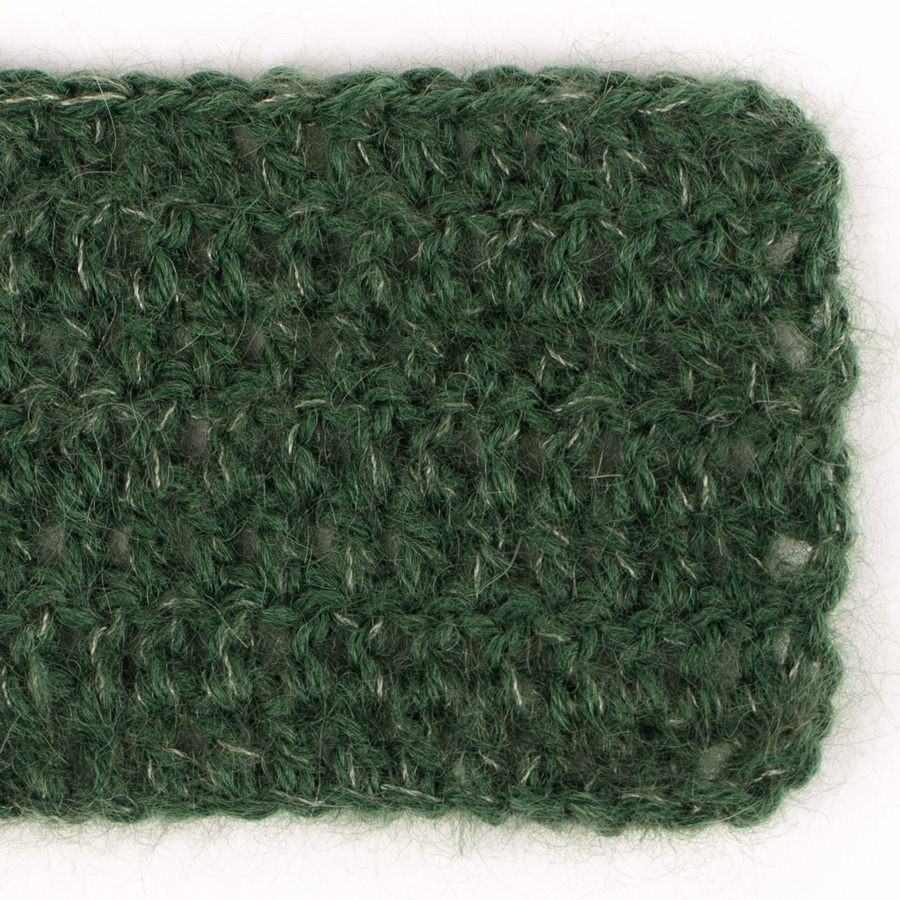

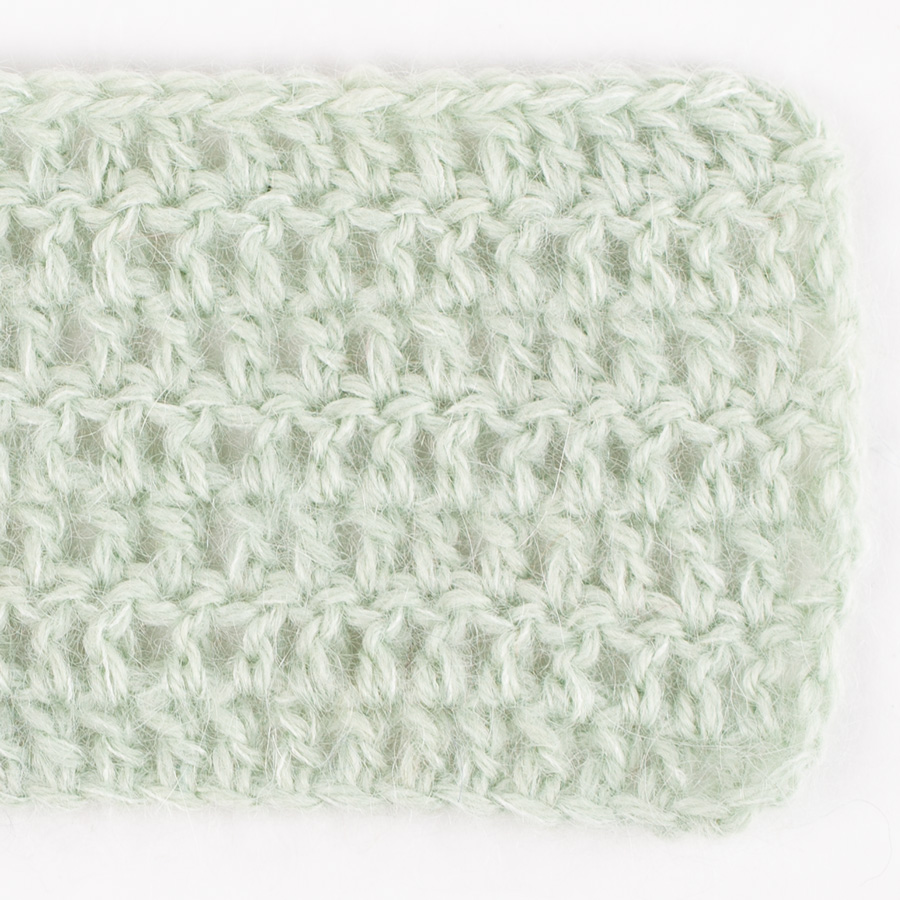

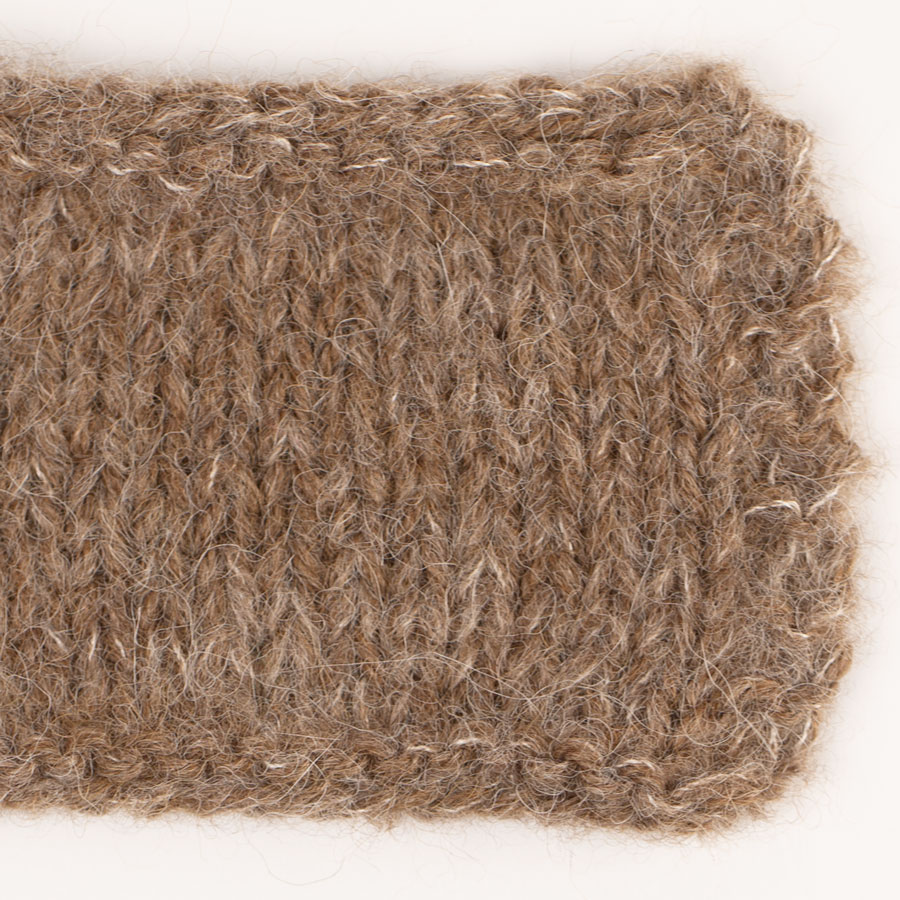
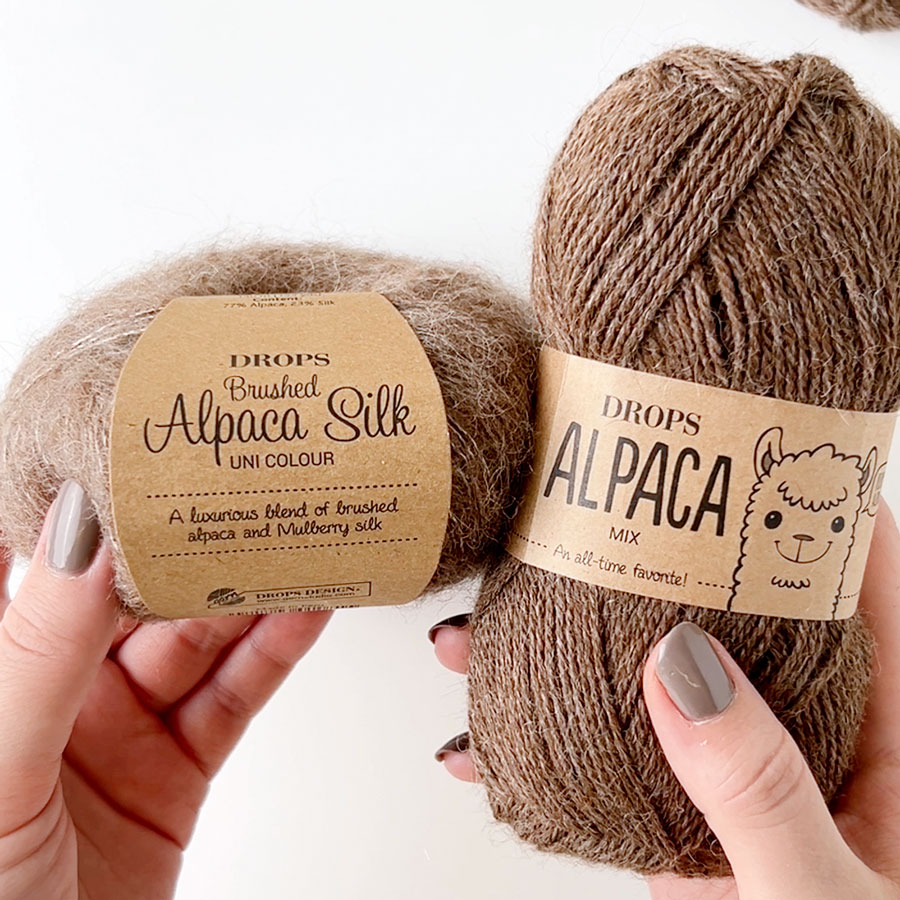

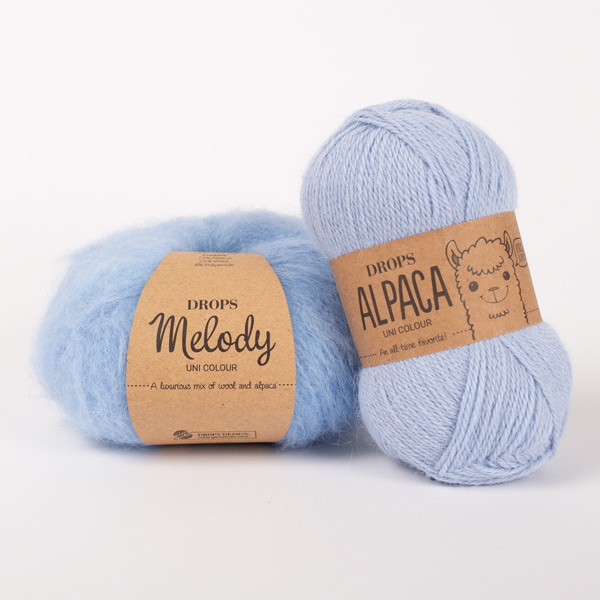

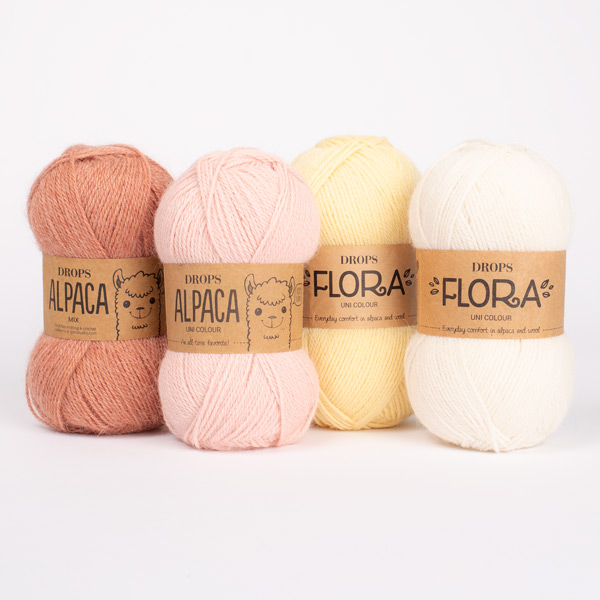
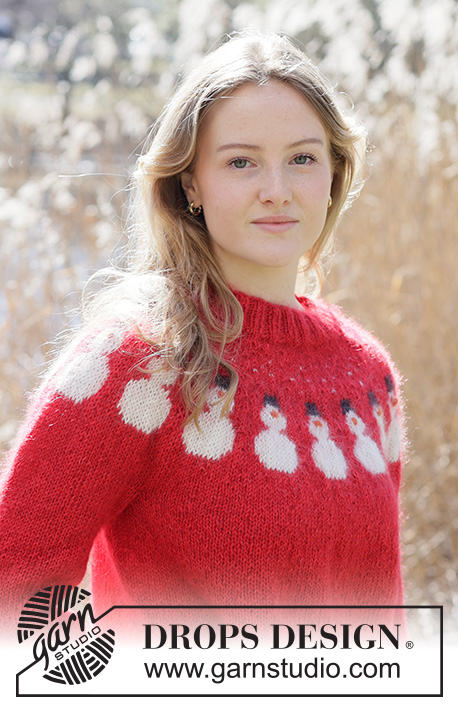







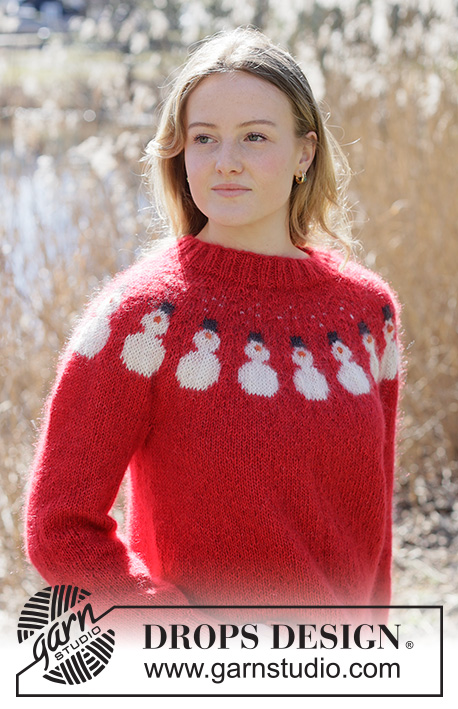

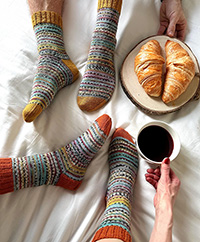
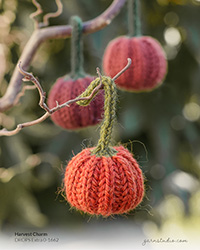



God dag :) Jeg har et spørsmål. Jeg vil å kjøpe DROPS alpaka mix 50g. -167m hos dere minst 20kg. Hva pris det blir for en stik, hvis jeg skal kjøpe 20kg or mer? Sendes dette til Litauen? Og hva pris det blir for sending? Tusen takkvfor svar og ha en fin dag :)! P.s. beklager for min norsk, jeg er ikke norske, men prøver jeg norsk ;)
10.02.2021 - 12:52